COTTAM POWER STATION HISTORY BOOK
PROUDLY GENERATING: 1968 - 2019

COTTAM HISTORY IN NUMBERS:
STANDING ON THE SHOULDERS OF GIANTS


STANDING ON THE SHOULDERS OF GIANTS

Scintilla Design
I’d like to take the opportunity to thank you for your dedication and commitment during your time at Cottam. I am immensely proud, as I’m sure you are, to be part of the Electricity Supply Industry and especially to be part of the team which took Cottam to its final operating days. The success of this site is through the people who work within its gates regardless of position or company overalls.
You have been part of a team who have allowed Cottam to perform at its best in some of its most difficult years. A team who have maximised every opportunity and have proven time and time again their worth.
Cottam has played a vital role generating electricity for over 51 years, making a massive contribution to the UK and local economies. It has certainly done its job and I hope you have enjoyed being part of it!

On behalf of the station, I wish you all the very best and good luck for the future.
Yours sincerely
Andy Powell Plant Manager Cottam Power Station October 2019FOREWORD
It may be useful to explain some of the background to the construction of the station and to say something about its early days.
Cottam was planned at a time when the demand for electricity was doubling every ten years. To meet this growth in demand and to enable older small power stations to be closed a construction programme of 500MW units was adopted. Cottam was late in this programme. It was planned with a plant combination different to the other 500MW unit stations and had some new design features.
The 500MW unit programme initially had many teething problems. This added to the plant shortages that were common at this time. It was frequently a struggle to meet the daily maximum demand.
The pressure to “keep the lights on” from plant shortage and the numerous national strikes in key industries engendered a strong sense of public service. That contrasts with the profit focus for those competing in the present energy market.
The site for Cottam was selected because it was close to a coalfield, on the Trent, a source of cooling water and near to a railway line. It joined the line of stations which was to form the main core of the country’s generation capacity.

At this time I was the Deputy Station Manager at Thorpe Marsh and was involved in commissioning two 550MW cross compound units. I was appointed as Station Manager at Cottam in 1965 which was well before the planned commissioning date. It allowed me to have some influence on the later phases of its design and to have time to appoint the staff and to set up the station’s organisation.
During this design stage a mock-up of the unit control panels was constructed in one of the site huts. I arranged for operational staff from running stations to test it by simulating the operation of a unit and to suggest changes to improve the design. This worked very well and I believe the design has been successful.
Since we were late in the 500MW programme, many of the more experienced potential candidates for the senior positions had already been appointed to the earlier stations. Our recruitment policy was to go for talented younger candidates. This policy was very successful and many of the original staff later became Station Managers themselves.
This was a time of near full employment and there was difficulty in recruiting craftsmen. A widespread advertisement program was needed together with arranging the availability of housing with the local council.
As the first Station Manager of Cottam I am delighted to have been asked to write the foreword to this book.
There was a very good, constructive and friendly atmosphere from the beginning and it boded well for the future of the station.
There were a number of set backs before commissioning but all were eventually overcome. Unfortunately I had to leave the station before the first unit was synchronised being promoted to Group Manager and being responsible for five stations including Ratcliffe. Throughout my subsequent career I continued to be involved in some way with Cottam. I was later the Director of Resource Planning for the Midlands Region and had to review and approve Cottam’s annual plans and budgets. A task in which I may have been influenced by my past association.
I was at that time delighted to be invited to open the Cottam Sports and Social club. Later I was called back to name a locomotive “Cottam Power Station”. I remember saying in my short speech that to give a locomotive such a name demanded of it a high standard of performance comparable to that of the station. When I eventually retired I was gratified to receive an inscribed gift from the staff at Cottam.

I am honoured to have been associated with Cottam. A station that has had such a long successful and distinguished history. It has generated a significant quantity of energy which has made a massive contribution to the country’s economy. It has operated efficiently for far longer than anyone could have possibly imagined when it was commissioned and it is still in good operational condition.
 Frank Ledger CBE FREng
Frank Ledger CBE FREng
“It is a tribute to the skill and dedication of the staff through the years that Cottam has been so successful.”
STATION SUPERINTENDENTS, MANAGERS





The


Cottam Power Station was built and originally operated by the Central Electricity Generating Board (CEGB) up until privatisation in 1990. During construction and early operation of Cottam, the most senior position on site was the Station Superintendent; a title used by the CEGB up until the 1970’s. Following on from this the position title changed to Station Manager, which remained in use at Cottam through privatisation and into ownership by Powergen. It was also maintained after the sale of Cottam on 1st January 2001 to the London Power Company, a subsidiary of the London Electricity Group, itself a subsidiary of EDF, now EDF Energy.

CEGB’s objectives of the Location Manager were “The overall task of managing materials and finance to provide a safe and secure supply of electricity at minimalFrank Ledger CBE FREng Station Superintendent 1965 - 1967 George H Scott Station Superintendent 1967 - 1976 Keith Wallis Station Manager 1976 - 1983 Derrick Parry Station Manager 1983 - 1987 Peter McGriskin Director of Thermal Production (Inc Cottam & West Burton A) 2003 - 2008 Nigel Beresford Director of Thermal Generation (Inc Cottam & West Burton A) 2008 - 2011
MANAGERS AND DIRECTORS
managing a large power station is to utilise resources, plant, staff, costs”. These objectives still stand the test of time.
In 2003 the decision was taken to bring Cottam and West Burton A together under one management team, led by a Director. Initially this was the Director of Thermal Production; it then became the Director of Thermal Generation and then the Director of Coal Operations. Finally in 2015 Cottam reverted back to a site specific Plant Manager.







 Michael Childerley Station Manager 1987 - 1993
Bryan Spilsbury Station Manager 1993 - 1999
Mark Saxilby Station Manager 1999 - 2000
Robert Kennedy Station Manager 2000 - 2003
Paul Morton Plant Manager 2015 - 2016
Darren Ramshaw Plant Manager 2016 - 2018
Michael Childerley Station Manager 1987 - 1993
Bryan Spilsbury Station Manager 1993 - 1999
Mark Saxilby Station Manager 1999 - 2000
Robert Kennedy Station Manager 2000 - 2003
Paul Morton Plant Manager 2015 - 2016
Darren Ramshaw Plant Manager 2016 - 2018
FOREWORD
One visit into the boiler house, turbine hall and main control room during an interview for a modern apprenticeship and I was hooked. I knew this was somewhere I wanted to work and after a four-year apprenticeship, which had me exploring every inch of pipework and operating any item of plant required, I thought I had a solid understanding of how the station worked - but this would only be the start!
It was the engineering that first got me passionate about this site, but it has been the people who have kept me here for nearly 20 years. That friendly atmosphere Frank speaks of has never left Cottam; it’s what truly unites us all and has kept us going regardless of the changing markets or different management directions. Perhaps linked to the original recruitment policy which started Cottam’s operating life, I believe the culture and atmosphere here is one of our biggest successes.
I still get the same feeling today as I did in my early years. The scale, design and engineering involved in building and operating this plant is impressive and there is no better feeling than bringing 4 x 500MW machines online as the sun rises in the morning between the cooling towers, as the rest of the UK is just waking up.

Whether through strikes, privatisation, extreme weather conditions, adverse markets, the change in role from keeping the lights on to being ready when required, we can absolutely say we played our part and should be proud of what we have achieved for the UK’s Electricity Industry.
There have been many different chapters in our station’s life, and we all have our own stories within them, stories that we’ll never forget. This book has been designed to capture those memories. It is a fantastic reflection of our history as well as recognition to all involved in maintaining our high standards and generating proudly to the very end. I would like to thank all involved, especially Steve Hoad in creating such a masterpiece.
I don’t believe my experience of Cottam is too dissimilar to Frank’s or to the many who have worked within its gates.
20 years ago, I would have never expected to be Plant Manager for Cottam or responsible for leading the station to its final generating days. However, having the opportunity to see a station team deliver so much with so little in recent years has been a total privilege.
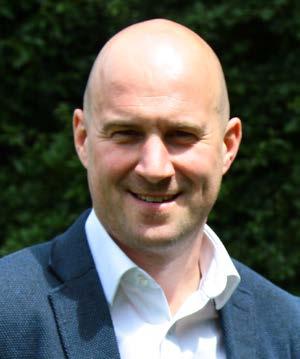
Cottam’s performance today is because of its people, who are all proud of their contribution to the station. But we are well aware that we would have been unable to make this contribution if it were not for those who have preceded us, our colleagues who stand beside us now and our family and friends who support us through our working lives. It is the humility of all at Cottam to acknowledge that we benefit from what others contribute and that we are Standing on the Shoulders of these Giants.

“There is no better feeling than bringing 4 x 500MW machines online as the sun rises in the morning between the cooling towers, as the rest of the UK is just waking up.”
EARLY HISTORY OF THE COTTAM SITE
A mid-18th century survey of 1769 by John Grundy illustrates Cottam (the first instance of the modern spelling) within a shaded area of ‘ings, meadows and marshes... frequently overflowed by the Trent.’
Early county maps such as Saxton’s survey of Nottinghamshire and Lincolnshire of 1576 and Speed’s survey of 1610 indicate Cottam, spelt ‘Cotehin’ and ‘Coteham’ respectively, with its church on the western banks of the Trent, Speed’s survey showing the village sited close to the southern boundary of the ‘North Clay Division’ of Bassetlaw wapentake.
A mid-18th century survey of 1769 by John Grundy, engineer clearly illustrates Cottam (the first instance of the modern spelling) within a shaded area of ‘ings, meadows and marshes... frequently overflowed by the Trent’; the future power station site occupies an area labelled Treswell Marsh, Rampton Marsh, Treswell Common and Treswell Low Enclosures.
The susceptibility of the land to inundation is reflected by the various dykes indicated, running eastwards towards the river, with the major Seymour Drain annotated as ‘Seameare Dyke and Bank (the western branch of the Mother Drain)’. The area of the station’s northern ash lagoons, east of Cottam village, is marked as ‘South Leverton Marsh’, drained by the Treswell Dyke.


























MICKLEHOLME FARM
The map also illustrates the rural, agricultural aspect of the pre-station site, extending between Outgang Road to the north and Torksey Ferry Road to the south, south-west of the village of Cottam and north-west of a sharp, hairpin curve in the Trent.
By this date, the landscape comprises hedged arable fields, including the area to the east of Cottam village, bisected by the irregular drainage channel of ‘Seymour Drain’, running broadly south-north; the fields to the north-east, south of (Treswell) Marsh Lane take the form of long strips, elsewhere of larger, geometric plan.

The Lincoln-Retford Branch line (later ‘Leverton Branch’) of the Manchester, Sheffield and Lincolnshire Railway (MS&LR), opened in 1850, traverses the area from north-west to south-east to the north of the future station site, passing immediately to the south of Cottam village, raised on an embankment and crossing Outgang Road on an overbridge near Floss House.
Fleet Plantation, a Scheduled moated site (Notts HER M4697), is annotated to the south of Torksey Ferry Road.
The Ordnance Survey map of the area 1:10,560 map of 1921 is the first to show Mickleholme Farm, which was demolished in 1964 for construction of the power station.
THE 1960s
Ever-increasing electricity usage in the years after World War II saw demand doubling every ten years and by the winters of 1961-2 and 1962-3, shortfalls of ‘crisis’ proportions were being experienced.
New sites were identified and new and/or improved stations constructed; thereby Midlands regional generation capacity quadrupled over the course of 14 years, from 4,000MW in 1957, rising to 8,000MW by 1966, 14,000MW in 1969 and 16,000MW by 1971. The region produced more than 25% of the electricity used in England and Wales and constituted the major part of the CEGB construction programme of ‘super-stations’ commissioned during the 1960s.
A particularly dense concentration of stations were built in the 1950s and 1960s in the Trent Valley of Derbyshire, Nottinghamshire Staffordshire and Leicestershire, which became known as ‘Megawatt Valley’, the largest concentration of power generation in Europe at the time.
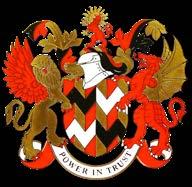

Cottam was one of 13 coal and oil-fired ‘super-stations’ built by the CEGB based around the 500MW turbo-generator set, released for construction during the early 1960s and known colloquially as ‘Hinton’s Heavies’ after Christopher Hinton, CEGB Chairman, 195764. Constructed between 1964 and 1968 at a total cost of c.£79-80 million, Cottam was the tenth of the stations to be completed, being first synchronised to the grid in 1968 and fully commissioned in 1969.
Consent was progressed in relatively short time, without the need for Public Enquiry, and was granted by the Minister of Power on 9th September, 1963. The approved design placed the principal generation buildings to the western side of the site, with turbine hall and boiler house contained within a large conjoined block, served by a bank of precipitators and a single, axially aligned 4-flue stack to the north and an open 400kV switch-yard to the south.
 Mickleholme Farm demolished for construction of the power station
Mickleholme Farm demolished for construction of the power station
Cottam Village
The central section of the site is occupied by the cooling tower field, comprising a single block of eight towers in two parallel rows of four, while the extensive coaling plant with associated stock area and enclosing rail loop is located to the east, closest to the Trent. The low lying, floodplain site presented concerns of flooding, and the area of the main process buildings was thus raised by c.3m prior to construction to form an elevated plateau, with 3¼ million cubic yards of material being excavated from a series of ‘borrow pits’ in the area to the east of the station site later used as ash lagoons for the disposal of pulverised fuel and furnace bottom ash.
Site clearance commenced in early 1964 with initial earth-moving raising the level around the future principal generation buildings and the creation of a 50ft. tall earth bund to the north, at Outgang Lane, later planted with

trees and shrubs to partly shield views of the site from Cottam village. Groundworks and foundations were well advanced by May 1965 and construction of the main steel frame for the control block and eastern end of the turbine hall was progressing by November of that year. The erection of the turbine hall and boiler house was approached as a two stage operation with the pile caps for Units 1/2 in place and work on the steel frame / flooring of the eastern end of the block in train before pile caps for Units 3/4 were completed.
The station was brought on line in stages, with Unit 1 being the first to be synchronised to the grid, initially for a period of 1½ hours, on 9th June 1968 just 39 months after work at the site had commenced; the plant was fully commissioned in 1969.








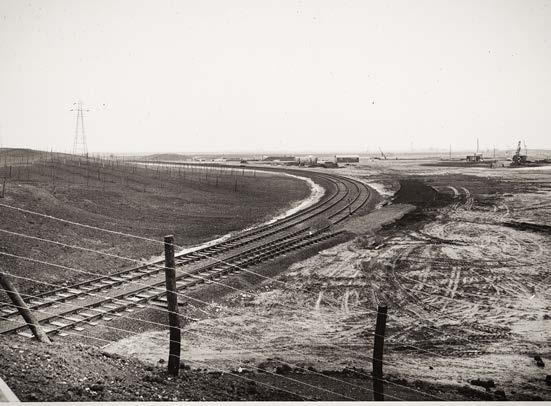
 MAIN BUILDING FOUNDATIONS FROM SOUTH EAST
SCREEN EMBANKMENT AND RAILWAYS SIDINGS FROM OUTGANG BRIDGE
MAIN BUILDING FOUNDATIONS FROM SOUTH EAST
SCREEN EMBANKMENT AND RAILWAYS SIDINGS FROM OUTGANG BRIDGE






 CHIMNEY, NO. 1, 2, 3 AND 4 FLUES
BOILER HOUSE FROM WEST
CHIMNEY, NO. 1, 2, 3 AND 4 FLUES
BOILER HOUSE FROM WEST


 BOILER HOUSE STEELWORK, EAST GABLE
BOILER HOUSE STEELWORK, EAST GABLE





 TURBINE HOUSE EAST GABLE
TURBINE HOUSE FROM WEST
STATION SWITCH HOUSE
TURBINE HOUSE EAST GABLE
TURBINE HOUSE FROM WEST
STATION SWITCH HOUSE
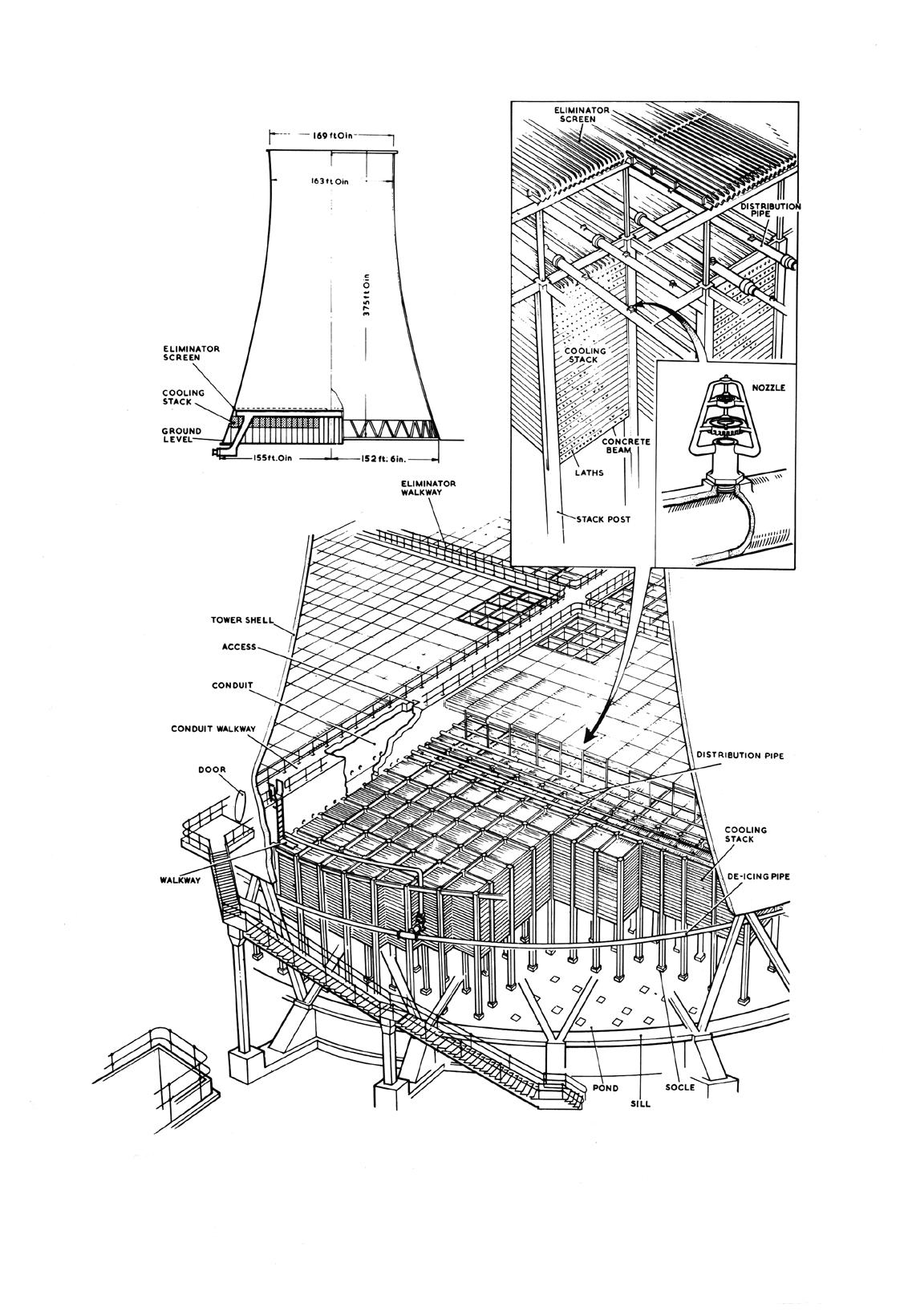






 C.W. PUMPHOUSE, GENERAL VIEW
C.W. PUMPHOUSE, GENERAL VIEW




 NO.1 TURBO-BLOCK
TOWER ‘A’ AND 6A, 6B CONVEYORS
MAIN BUILDING, SOUTH EAST CORNER
NO.1 BOILER PRECIPITATORS
NO.1 TURBO-BLOCK
TOWER ‘A’ AND 6A, 6B CONVEYORS
MAIN BUILDING, SOUTH EAST CORNER
NO.1 BOILER PRECIPITATORS

















All new starters were issued with this introductory handbook of the site.

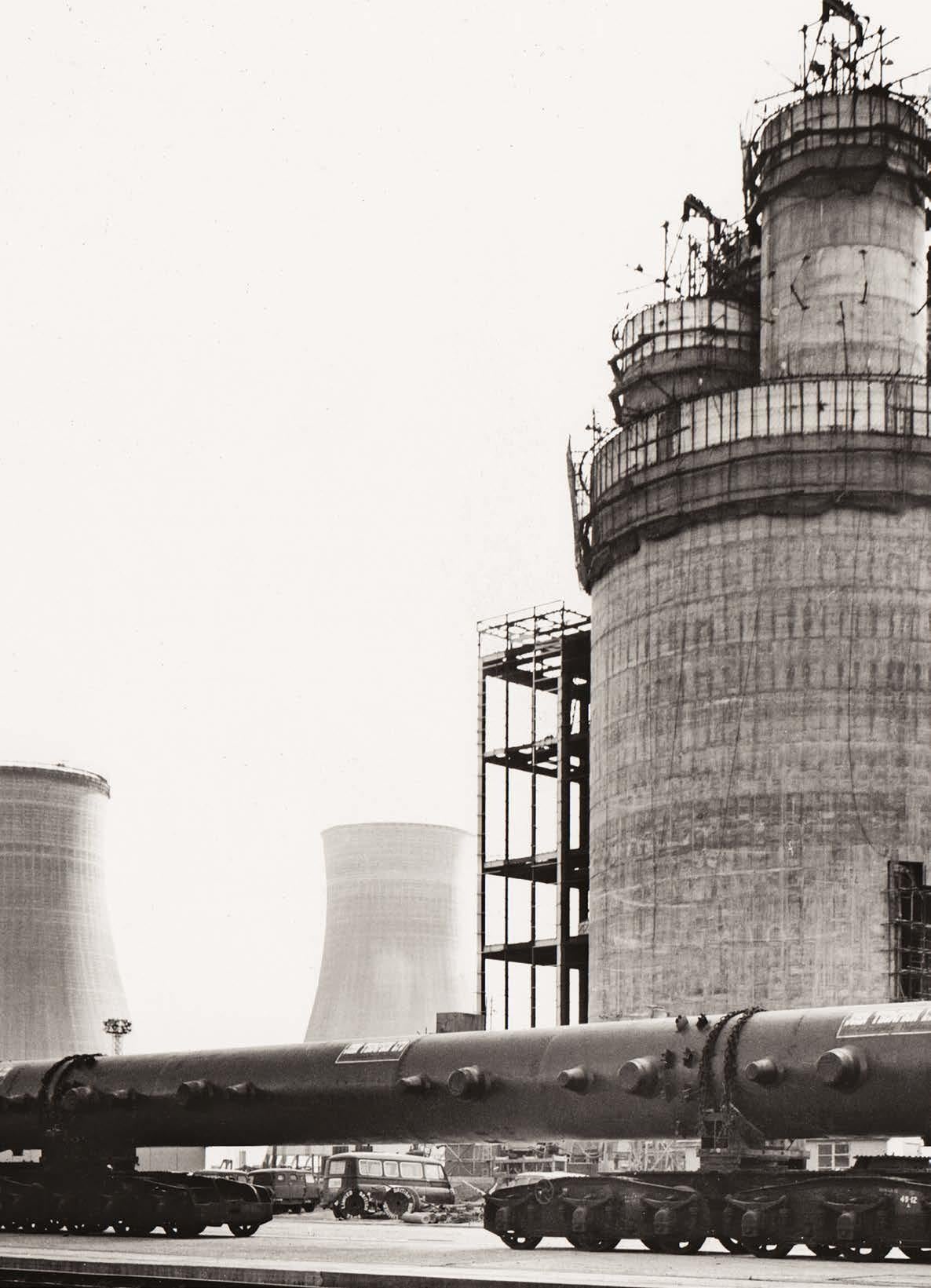

























500MW MULTI CYLINDER, IMPULSE-REACTION STEAM TURBINE WITH REHEAT: MANUFACTURED BY ENGLISH ELECTRIC CO LIMITED

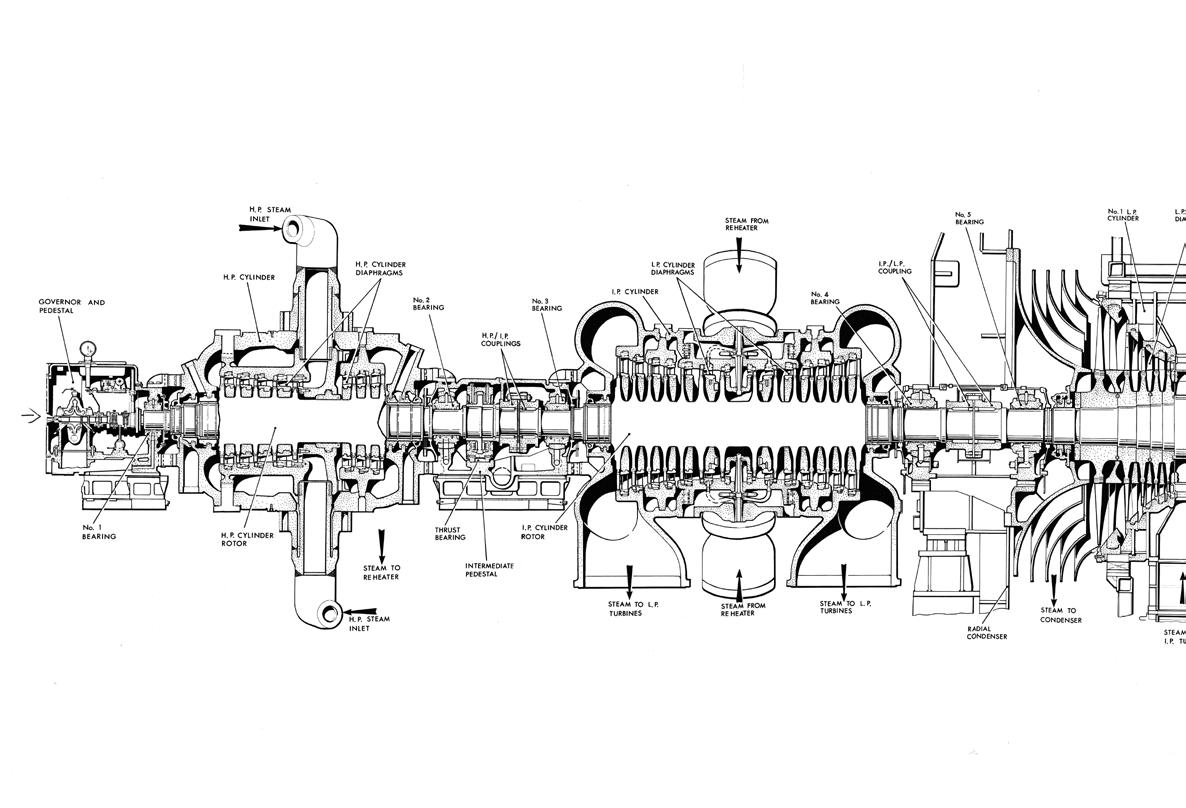


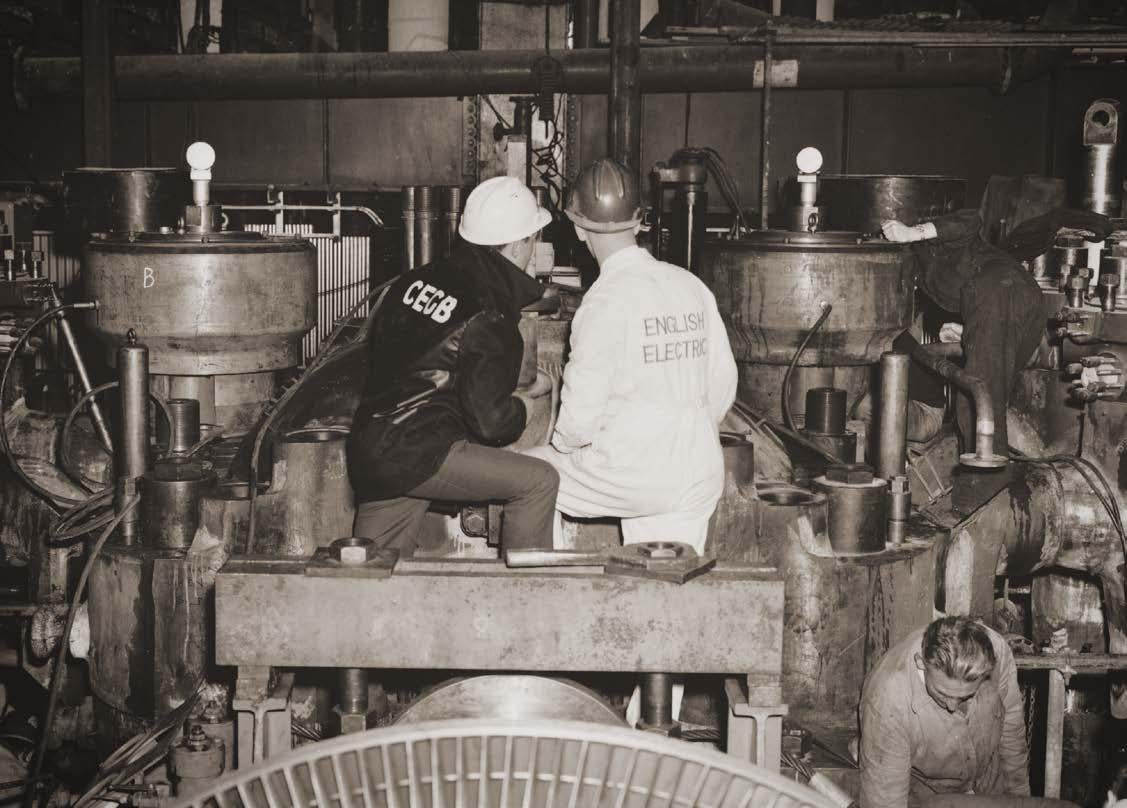
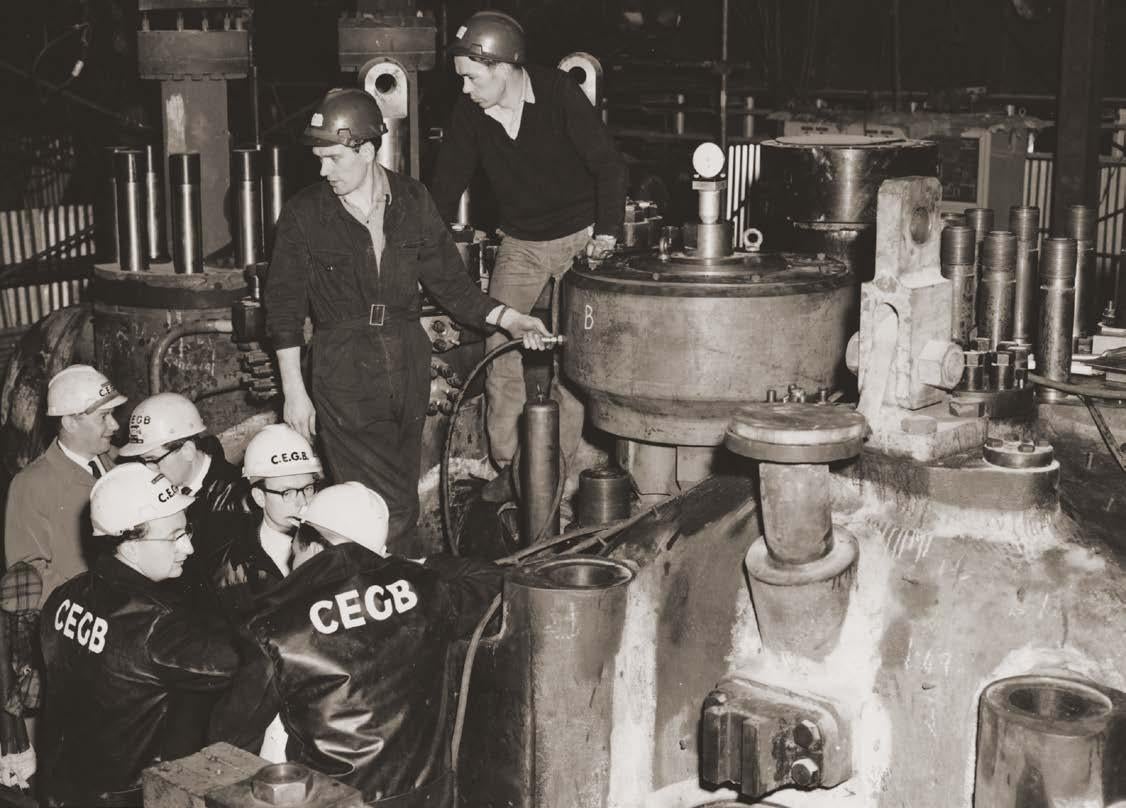

























 UNIT 3 BOILER
UNIT 2 BOILER ASH HOPPER
UNIT 2 BOILER ASH HOPPER
UNIT 3 BOILER
UNIT 2 BOILER ASH HOPPER
UNIT 2 BOILER ASH HOPPER








Station log from 9th June 1968, where it is noted that the first synchronisation to the National Grid of Unit 1 took place at 17:57 hrs





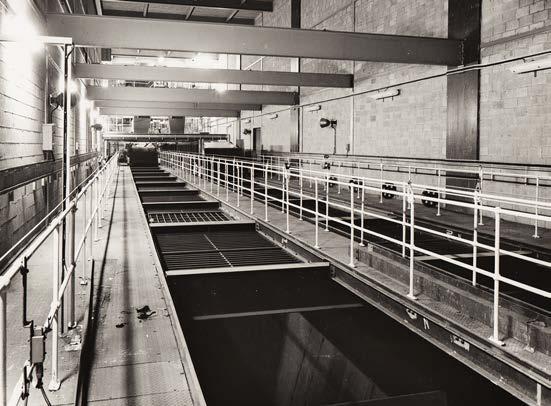

THE CEGB AND POWERGEN YEARS
The core aim of the expansion programme was to focus on a smaller number of ‘Super Stations’, each with an increased capacity based upon the larger units then available.
THE CENTRAL ELECTRICITY GENERATING BOARD
The Central Electricity Generating Board (CEGB) was formed in 1957. The CEGB operated over five geographic regions (North-East, North-West, Midlands, South-West and South-East) with ‘Generating Divisions’ based on ‘Grid Control Centres’ at Newcastle, Leeds, Manchester, Nottingham, Birmingham, Bristol and two near London (East Grinstead and St. Albans)
and a National Control Centre based in London. Three regional ‘project groups’ (North, Midlands and South) were concerned with station construction, while the Transmission Group oversaw the provision of overhead power lines.
An extensive Research and Development section had laboratories at Leatherhead, Marchwood and Berkeley.

THE 500MW UNIT PROGRAMME
By the early 1960s, the 500MW, single-shaft unit became the standard turbo-generator for new stations, generally arranged in combinations of two (1,000MW) or four (2,000MW); of the 13 major new oil- and coal-fired ‘super stations’ based upon the 500MW unit released for construction between 1960 and 1964, all but three (Aberthaw ‘B’, Ironbridge ‘B’ and Rugeley ‘B’) were of 2,000MW output.
The core aim of the expansion programme was to focus generation on a smaller number of ‘super-stations’, each with an increased capacity based upon the larger units then available. Many of the new plants were built in more rural locations, on major rivers and close to the main coalfields or, in the case of oilfired stations, on estuaries close to refineries. The valleys of the Trent in Nottinghamshire, Derbyshire and the Aire in Yorkshire, bordering the Yorkshire, Derbyshire and Nottinghamshire coalfields, experienced particularly intense development.





THE COTTAM ROCKET
The engineer was determined to do it by the book. The alternator rotor needed to be removed from Unit 3 and the service manual said to use a single sling wound around twice. The rigger thought differently, the alternator rotor weighed 64 tonnes and he said you need to use two slings. The engineer overruled him and insisted on doing it his way.

At first it was OK, slowly the alternator rotor was lifted. However, as soon as a thing that big starts to swing there is no stopping it. Gradually, then quickly it shifted towards vertical and slipped right out of the sling. The alternator rotor fell around 30 feet and went clean through a reinforced concrete floor before coming to a halt when it hit a live cable tray suspended from the ceiling in the room below. There was pandemonium, the crane operator was out of his cab in a flash and everyone dived for the nearest exit. Luckily no one was hurt. The alternator rotor stayed where it was, standing straight up looking like a giant nail hammered in to the floor.
GUARDING THE EVIDENCE
It took a few weeks to figure out how best to remove the alternator rotor from its resting place in the concrete floor. While this was happening a pendulum was hung from the top so it could monitor any movement. A young labourer was then given the task of sitting there alone in the room watching to see if anything happened. He was very pleased at being paid overtime for doing this. Who knows what he would have done if it had started to shift!
SAVE IT FOR LATER?
Getting the alternator rotor out of the floor was no easy task. First of all a lifting rig with eye bolts was made to fit over the exposed end. The crane gently pulled it out and the team were able to manoeuvre it to the horizontal so it could be sent away for refurbishment. It was obviously well made because other than being changed from a 7 to a 6 wind it came back with a clean bill of health and is still in service today.


MINERS’ STRIKE AND MASS PICKETING

With the NUR signalmen taking action in support of the striking miners, Cottam couldn’t get coal deliveries by rail. Instead there were massive convoys of lorries bringing the supplies. Most of the time there were a hundred or so pickets outside the gates, it was unpleasant but the stocks still got through.
Then the miners changed their tactics and on a number of occasions there must have been close to two thousand pickets, it turned really nasty. One week they blocked the road with railway sleepers. Another time they charged
the cordon to get in to the station and quite a few policemen ended up in hospital.
The worst though was when they raided the local farms and used bales of straw, feeding troughs and even wood from a cattle shed to set up burning barricades on the Treswell Road. Firemen were called to put out the blaze and the road surface was badly damaged by the heat. Police numbers increased after that and many more pickets were arrested.




 COAL PLANT SCRAPER
MICK BECK, KEN ANDERSON AND LEE JACKSON
JOHN SHONE AND BARRY BRIGGS
COAL PLANT SCRAPER
MICK BECK, KEN ANDERSON AND LEE JACKSON
JOHN SHONE AND BARRY BRIGGS

WINNING THE BIG ONE

Winning the Hinton trophy in 1982 is a proud moment in Cottam’s history. Competing against 107 other CEGB power plants, the award effectively proclaimed Cottam as the best run and best kept station in the country.


The trophy was presented to the Station Manager, Keith Wallis, by Junior Energy Minister David Mellor along with CEGB board member Gill Blackman and Midlands Region Director General Jim Porteous



 CYNTHIA HOGGARD
A DODGY LOOKING 6 A-SIDE FOOTBALL TEAM
CYNTHIA HOGGARD
A DODGY LOOKING 6 A-SIDE FOOTBALL TEAM
SO NEAR
Back at the end of the ‘70s there were some great sports teams at Cottam. There was a group of people fighting for places; they seemed to do well in just about everything they entered. The footballers were pretty much unbeatable during the ’78 to ’79 season. The team got all the way to the Midland Power Cup final only to have an off day and lose to Drakelow with probably their worst performance of the year.



A TIME OF UNCERTAINTY
The period leading up to privatisation wasn’t good. No one really understood what the changes would mean.
It settled down after a while and in retrospect privatisation opened up career opportunities that didn’t exist before. The problem with the
CEGB was that you were what you were and there you stayed. Powergen did away with that, they got rid of the layers of management and bureaucracy. Instead people were allowed to learn new things and develop in to different areas. Many of those who stayed at Cottam actually did very well from the chances they were given.

COTTAM TIES AND SCARVES
Privatisation was commemorated by the production of special ties and headscarves. The Cottam logo embroidered on the front was designed by an employee, Martin Aldridge, and featured a depiction of the
original chimney stack. The days of CEGB generosity were long gone; if you wanted one it cost £2.00. Martin’s original design has since been updated by our Draughtsman Tom Smart into our 50th Anniversary logo.
 MIKE CHILDERLEY AND MERVIN DALTON WITH THE CEGB COMMEMORATIVE PLAQUE
MIKE CHILDERLEY AND MERVIN DALTON WITH THE CEGB COMMEMORATIVE PLAQUE
EMPOWERMENT

The Powergen buzzwords were empowerment and ownership. No one really knew what they meant at first and some were sceptical. Gradually it became clear that what they were talking about was opportunity. Instead of an old style boss telling you what to do, everything turned around and employees told themselves what to do instead. It meant everyone could get on and get things done.




 POWERGEN CEO ED WALLIS AND MIKE CHILDERLEY
DERRICK FARTHING
THE COTTAM LOGO DESIGNED BY MARTIN ALDRIDGE
TOM SMART’S COTTAM 50TH LOGO DESIGN
POWERGEN CEO ED WALLIS AND MIKE CHILDERLEY
DERRICK FARTHING
THE COTTAM LOGO DESIGNED BY MARTIN ALDRIDGE
TOM SMART’S COTTAM 50TH LOGO DESIGN
TECHNOLOGY AND AUTOMATION
The initial design of the control room was first class. The horse shoe layout is pure ergonomic efficiency. One person on a swivel chair can review everything; even the hands on the dials were originally arranged to all point one way so any discrepancies would be more noticeable. The whole thing was brilliant in its concept and execution.

In the late ‘70s and early ‘80s Cottam formed a working party to look at computerisation. There were potential benefits, but also some pretty serious downsides. The cost was high, none of the systems had been proven but more importantly the operators were
uncomfortable with the idea. In the end rather than a full APMS it was decided that semi-soft panels were a better way to go.
The thought was that the existing design worked, it simply needed modernising. The analogue displays remained but had computers put behind them. Data loggers were introduced and they gradually incorporated VDUs to enhance status reporting. The original panels seemed to have a direct link with the plant, which created a human connection. The approach was always to hold on to the best bits and make them even better.
WE’VE COME A LONG WAY
It all started with ICL word processors, they had just enough memory to hold a page of typing but everyone thought they were the bee’s knees. The modern world had arrived.

It was only a couple of years after that when Cottam took delivery of their first standalone computers. 5 ¼ inch floppies were used for backing up, they were big brown things that really did flop and had very limited capacity. The word processing software ran on DOS, you had to use lots of mini programmes to make things happen; the text was either green or orange on a black background.
The speed of development was pretty dramatic. By the early ‘90s a proper network had been installed with a central mainframe and user terminals. Kismet Work Management was the big programme, back up happened on to little 3 ½ inch discs at the desktop and there were 16 inch magnetic media for the main frame. It was about the same time that emails started to appear. In the beginning the

addresses were all numerical and you couldn’t attach anything. Similarly, the web didn’t really exist and no one had their own sites.
Most hand held devices now have more capability than the first computers on site. Progress has been spectacular and the benefits to the business are enormous. Who could have foreseen the way things are today when the first foundations were dug out for Cottam back in 1964?



LD66 UPGRADE
In the early days of privatisation all the talk was about gas fired generation. Coal simply couldn’t compete while gas prices were so low. There were even plans to mothball Units 1 and 4.
It wasn’t all doom and gloom, in 1993 Cottam replanted the LD66s on Unit 2. John Hodgson led the team and Nigel Champion was the supervisor. It took around twelve weeks of solid work; many of the processes were so new the team were often learning as they went along.

The end result was fantastic; the machine ran as smooth as anything afterwards. A year later the same upgrade was applied to Unit 3.
It was a massive investment by the company and it was taken as a sign there was confidence in coal for the future. During the same period gas prices had risen dramatically and coal was in favour again. Units 1 and 4 survived and the whole station was back on line.











 RAY BACON AND ROY BANISTER
RAY BACON AND ROY BANISTER

 SIMON SKELTON AND HIS RATHER UNIQUE MOTOR!
SIMON SKELTON AND HIS RATHER UNIQUE MOTOR!
COTTAM POWER STATION

BOILER TERMINAL CONDITIONS
SOOTBLOWERS


SHARING THE RESPONSIBILITY
Being the first coal fired power station to win ROSPA’s top safety award, The Order of Distinction, was the best feeling as it demonstrated to everyone just how serious Cottam takes safety. Before then the incident books were littered with far too many accidents. It wasn’t until the early ‘90s that Cottam won their first ROSPA bronze. Since then a steady improvement has been marked with a series of silvers, golds and five President Awards.
The pivotal move was extending NEBOSH and IOSH to team leaders and Contract Liaison Officers. That helped to make the team realise that safety wasn’t just about looking after number one, it was being your brother’s keeper as well.




REALISING THE POTENTIAL
When starting out with the nature reserve in 1996 there was basically nothing other than the lagoons and big intentions. Working with the Nottinghamshire Wildlife Trust the plan was to create a natural environment with learning facilities for children.

It took a lot of hard work but the efforts paid off. The soil has blended well with the underlying ash. There are woods, grassland, wetland, a riverside area, walkways and a bird hide. Best of all Cottam managed to get some low cost second hand teaching cabins for use by the local schools.
The wildlife clearly liked the nature reserve. There are kingfishers along the river banks and teal by the thousands in winter. Lapwings have also nested ready to breed in the spring. It’s a place Cottam can be proud of.
BIRD RINGING
Cottam is very special for birds. To begin with the eastern part of the site has a diverse range of habitats and so provides good food and nesting opportunities. Then there’s the fact that it’s a restricted industrial area in an out of the way place, which limits human interventions. Lastly it is an important stop off point for migrating birds following the Trent Valley Flyway.
The benefits of the nature reserve at Cottam were recognised by ornithologist David Fogg long ago. He has been methodically keeping records since 1977. Today, the depth of data available makes his one of the most important long term bird studies of any site anywhere in the UK.




 KINGFISHER, A REGULAR VISITOR TO THE COTTAM NATURE RESERVE
KINGFISHER, A REGULAR VISITOR TO THE COTTAM NATURE RESERVE




 BRYAN SPILSBURY AND CHRISTINE WALKER AT THEIR LEAVING DO WITH BOBBY DAVRO
DAVID BELLAMY AND KIDS AT THE COTTAM NATURE RESERVE
NIGEL CHAMPION AND STEVIE EDWARDS
ANDREW HOBSON, HELEN WIDDOWSON AND RICHARD DOBSON
BRYAN SPILSBURY AND CHRISTINE WALKER AT THEIR LEAVING DO WITH BOBBY DAVRO
DAVID BELLAMY AND KIDS AT THE COTTAM NATURE RESERVE
NIGEL CHAMPION AND STEVIE EDWARDS
ANDREW HOBSON, HELEN WIDDOWSON AND RICHARD DOBSON

FULL STEAM AHEAD!



EDF ENERGY AND MASSIVE INVESTMENT
In 2000 Cottam Power Station was sold by Powergen PLC for over £400 Million to the London Power Company, a subsidiary of London Electricity Group, which itself was a subsidiary of EDF Energy.

As Cottam staff arrived on the 2nd January 2001 for the first full working day under the ownership of the London Electricity (LE) Group, it was clear something momentous had happened. An LPC sign had replaced the Powergen one at the front gates, new style boiler suits and hard hats were being issued, and staff had easy access to their new LE colleagues through email and the internet.
But despite the new identity, the welcome speeches, the presentations, and the gifts of chocolates and paperweights, it was business as usual. After all, there was a thumping great power station to run!
Day One came at the start of the New Year, but the 166 employees at Cottam had already had time to get accustomed to their new owners. Straight after the deal to buy Cottam from Powergen was announced in the autumn of 2000, the then Chairman and Chief Executive Bruno Lescoeur and an LE board team visited the power station to meet the staff.
This was followed by a number of visits by Angus Norman, Managing Director of the London Power Company, known as LPC, which was set up specifically to manage the LE Group’s generation assets.
In 2003, three UK companies – SEEBoard, London and SWEB were amalgamated to form EDF Energy.



At that time the Cottam workforce made up the majority of Angus’s staff in LPC, as he told us in a welcome speech. “You are very much LPC”, he said. “We expect a lot from you but we are here to support you. Cottam is very important to our vertical integration strategy. We targeted Cottam because we wanted it as part of our portfolio and we intend it to work to full capacity.
We recognise that Cottam is already in the premiership of coal-fired power stations and our aim is to take it to the top of the league.







AN AMAZING ATLANTIC ADVENTURE

Faye Langham and Andy Giles took part in the Atlantic Rowing Challenge, a 3,000 mile endurance event from Tenerife to Barbados known as the world’s toughest rowing race.
They completed the distance in 59 days - four days over the current mixed-crew record - and, although the race did not end as they had hoped, they are rightly proud of their achievement.
In order to take part in the Atlantic Rowing Challenge, Faye and Andy had to spend £48,000, which included the £14,000 entry fee and £15,000 on the boat. Faye even had to re-mortgage her house in order to find her share of the costs, but she had no regrets saying “it was a once-in-alifetime opportunity”. As part of this challenge, Faye and Andy also raised in excess of £6,000 for their chosen charity – the Bluebell Wood Children’s Hospice in Doncaster.




 FAYE DOING HER SHIFT AT THE OARS
ANDY SPORTING A RATHER DUBIOUS HAT!
FAYE DOING HER SHIFT AT THE OARS
ANDY SPORTING A RATHER DUBIOUS HAT!

The by-product of the FGD process is synthetic gypsum, all of which is sold into the construction industry.
Limestone is delivered by rail, the train wagons bottom discharge to the conveyor system, which then delivers the limestone to 3 storage silos, each with a storage capacity of 5,000Te, in readiness for milling and then use within the FGD process.
The by-product of the FGD process is synthetic gypsum, all of which is sold into the construction industry. Once produced the gypsum is initially stored in a single 12,000Te silo and discharged to trains for onward delivery via a combined loading/unloading screw feeder arrangement within the silo.


 KEITH MABBOTT: SITE SERVICES AND INFRASTRUCTURE TEAM AND DICK OSBORN: EC&I TEAM
KEITH MABBOTT: SITE SERVICES AND INFRASTRUCTURE TEAM AND DICK OSBORN: EC&I TEAM

 NICK BRADFORD, ANDY GILES, PETE SMITHSON, FAYE LANGHAM, DOUG SMART AND BOYD JOHNSON DURING THE 2004 KIELDER CHALLENGE
NICK BRADFORD, ANDY GILES, PETE SMITHSON, FAYE LANGHAM, DOUG SMART AND BOYD JOHNSON DURING THE 2004 KIELDER CHALLENGE





 NEIL FORD, STEVE MORRIS, CRIS VALLANCE AND RAY LILLEY RED SHIFT
NEIL FORD, STEVE MORRIS, CRIS VALLANCE AND RAY LILLEY RED SHIFT

Rail Coal unloading house, discharge lines
A and B. Trains move through this facility at 0.5MPH, with their bottom hopper gates being activated remotely by automatic, line side equipment, known colloquially as ‘Daleks’. The load being discharged directly into underground track hoppers.




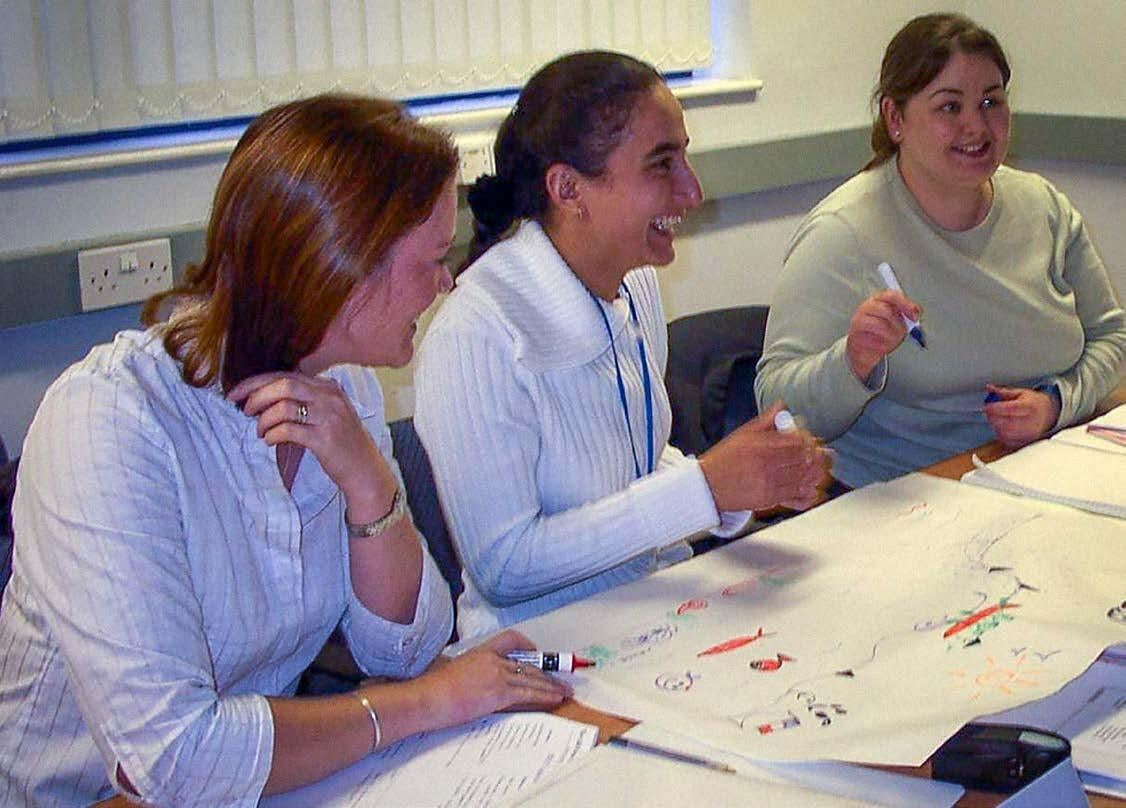 MICK KAVANAGH AND COLIN MAGILL FGD MAINTENANCE TEAM
MICK KAVANAGH AND COLIN MAGILL FGD MAINTENANCE TEAM
MASSIVE FLUE GAS DESULPHURISATION INVESTMENT BY EDF ENERGY


It was a massive investment by the company and we all took it as a sign they’d got confidence in us for the future. The whole station seemed to have a smile on its face!
 GYPSUM SILO CONSTRUCTION
WASTE WATER TREATMENT PLANT FOUNDATION WORKS
AERIAL VIEW OF GYPSUM AND LIMESTONE SILOS, AND WASTE WATER TREATMENT PLANT CONSTRUCTION
GYPSUM SILO CONSTRUCTION
WASTE WATER TREATMENT PLANT FOUNDATION WORKS
AERIAL VIEW OF GYPSUM AND LIMESTONE SILOS, AND WASTE WATER TREATMENT PLANT CONSTRUCTION







 CHIMNEY CORBEL WORK AND INSTALLATION OF THE BOROSILICATE BLOCK WORK TO THE CHIMNEY FLUE INTERNAL SURFACE
FGD PIPEWORK AND ELECTRICAL CABLING SUPPORT STEEL WORK BEING CONSTRUCTED
CHIMNEY CORBEL WORK AND INSTALLATION OF THE BOROSILICATE BLOCK WORK TO THE CHIMNEY FLUE INTERNAL SURFACE
FGD PIPEWORK AND ELECTRICAL CABLING SUPPORT STEEL WORK BEING CONSTRUCTED
In order to comply with gaseous emission requirements stipulated by the EU Large Combustion Plant Directive (LCPD), Cottam was retrofitted with Flue Gas Desulphurisation (FGD) plant at a total cost of £108m, installed in two phases between 2002 and 2007, first to Units 2/3 and subsequently to Units 1/4. The FGD process draws flue gas from the boilers into a series of absorber towers, where it comes into contact with a limestone slurry mixture whereupon up to 93% of the sulphur-dioxide (SO2) is removed before the gas is released to the atmosphere. Also as part of the process the limestone used is converted to Calcium Sulphite, then oxidised by injection of compressed air to form Calcium Sulphate, more commonly known as gypsum.
The introduction of FGD at Cottam witnessed significant additions/modifications to the station including a new unloading/loading house for delivery/export of limestone/ gypsum, new materials storage silos and associated transfer conveyors, a limestone grinding building and waste water treatment plant, together with absorber towers and ducting/fans to the north of the principal generation buildings. FGD installation was by RWE Solutions; with the plant officially opened by Bassetlaw MP Mr. John Mann on 4th October 2007.

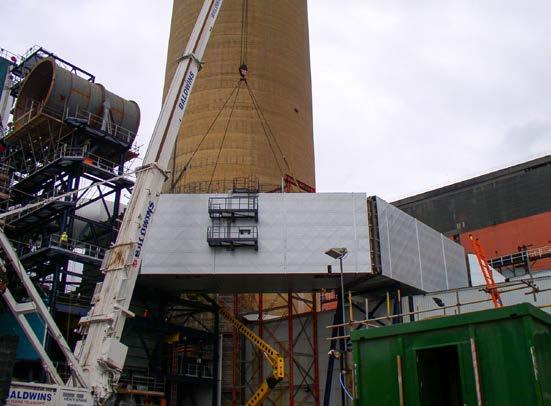











GYPSUM SILO COMBINED LOADING / UNLOADING SCREW FEEDER AWAITING INSTALLATION



ABSORBER CONSTRUCTION
LIMESTONE MILL INSTALLATION









In the forefront is the fully operational FGD plant. This plant typically operates at a SO2 removal efficiency of 93%. At its peak it was also producing as a by-product of the FGD
process over 275,000Te of Gypsum, all of which was sold into the construction industry for the manufacture of wall board and plaster products.


OUR PEOPLE AND OUR PLANT
Let’s enjoy what we do best!
On Monday Unit 1 will start us off on our final generating run in the stations 52nd operating year. Having spoken to a number of you I know we share the same views and we are proud to be the ones who take the station to the end.
We estimate around 40 days of unit running will achieve our goal of zero coal stock. As a station we have nothing left to prove, this has been done many times over in recent years and across the station’s history.

Our only job now is to safely get us to the operating finishing line, all I can ask of you is to perform at your best in achieving a finish we all warrant.

Please look out for each other and don’t take risks.
Let’s enjoy what we do best!
Andy






 STUART ROBINSON FATHER AND GRANDFATHER OF LEE, HENRY AND FREDDIE OPPOSITE
STUART ROBINSON FATHER AND GRANDFATHER OF LEE, HENRY AND FREDDIE OPPOSITE

 HENRY, LEE AND FREDDIE ROBINSON IN THE COAL PLANT CONTROL ROOM
HENRY, LEE AND FREDDIE ROBINSON IN THE COAL PLANT CONTROL ROOM


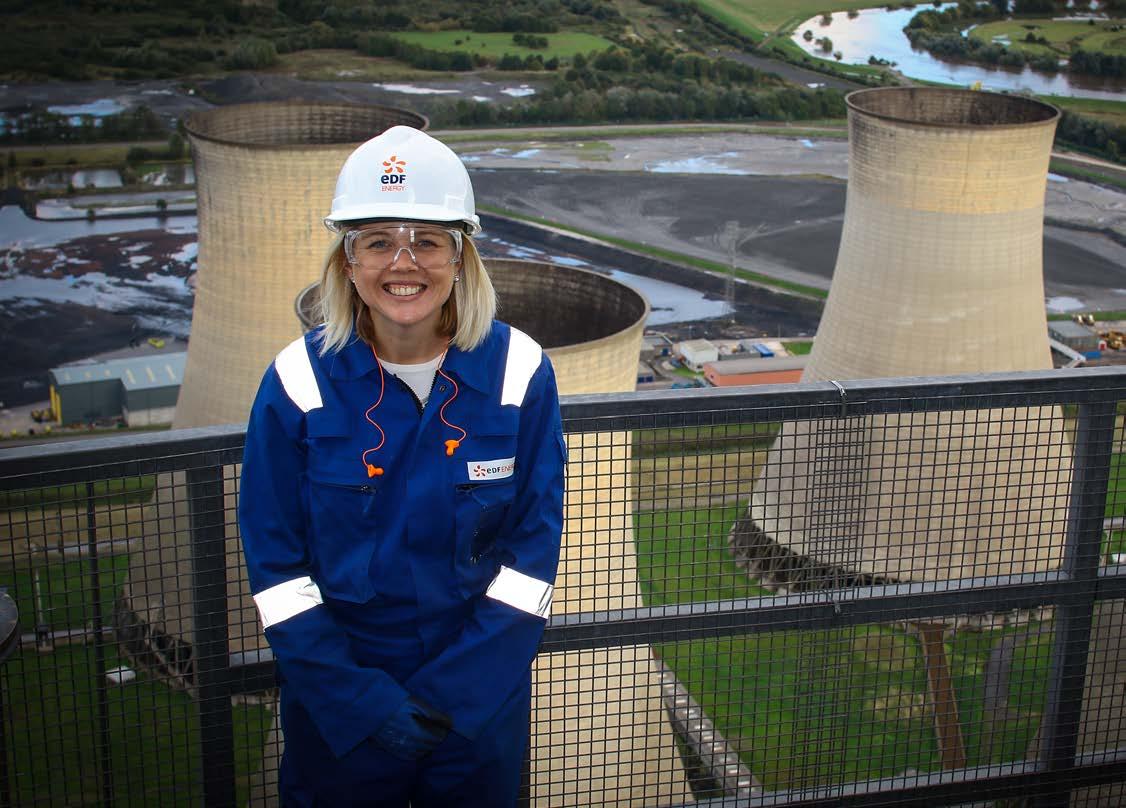























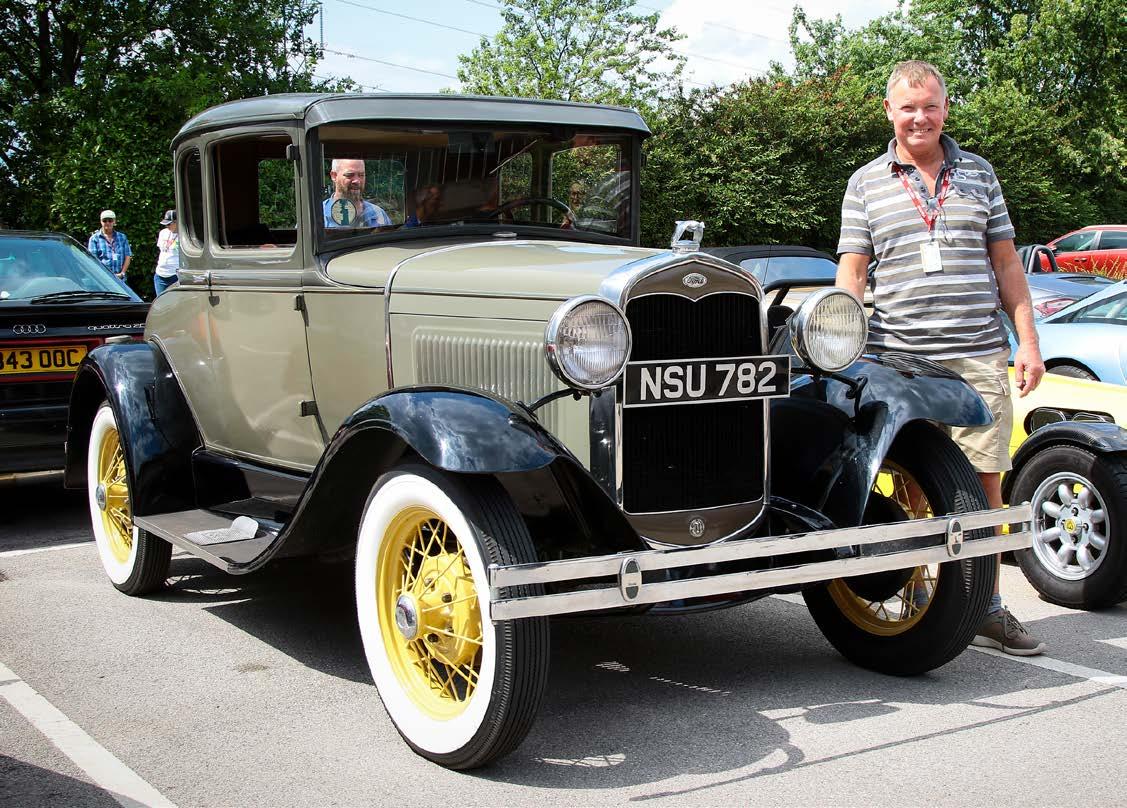









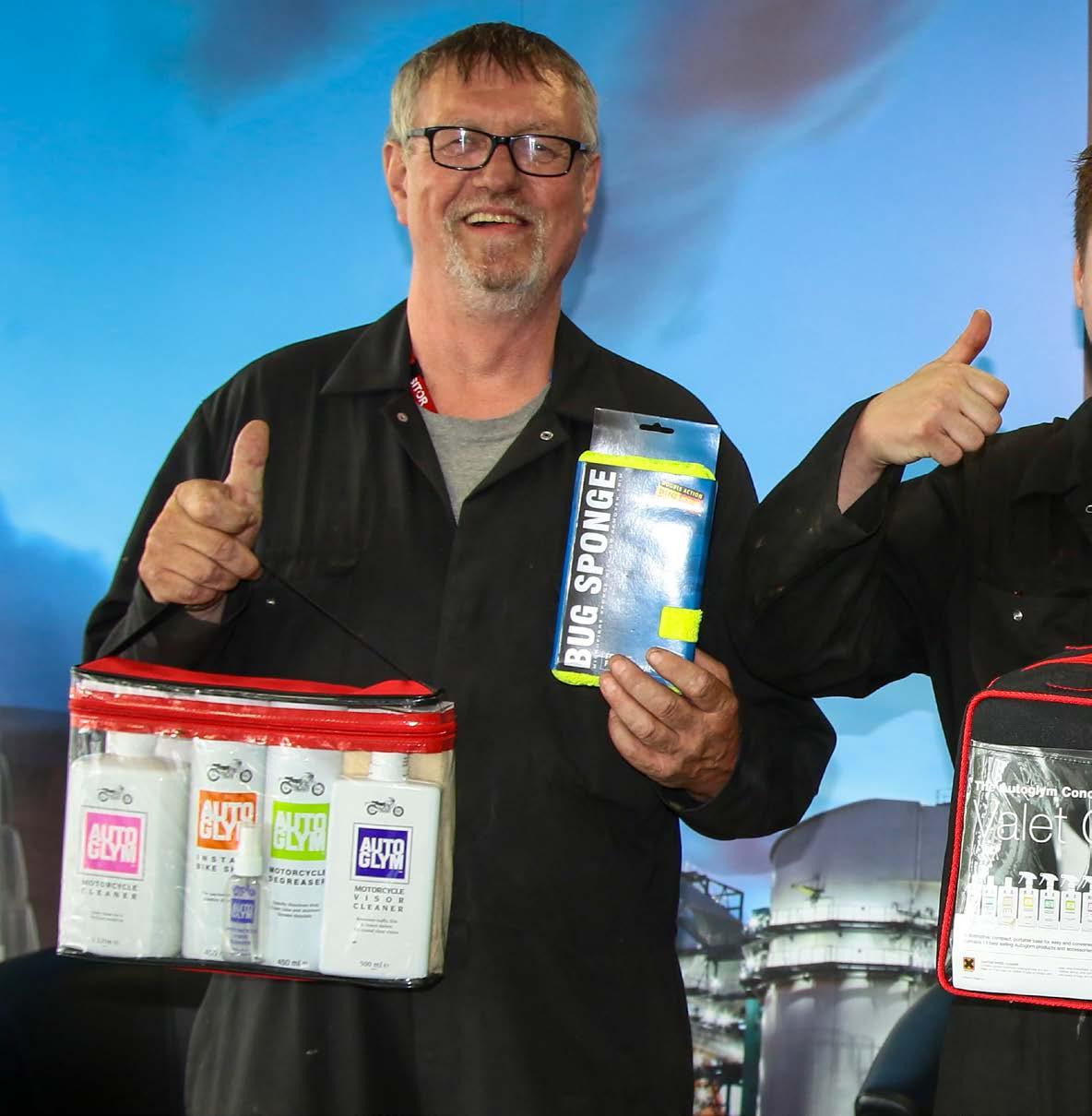

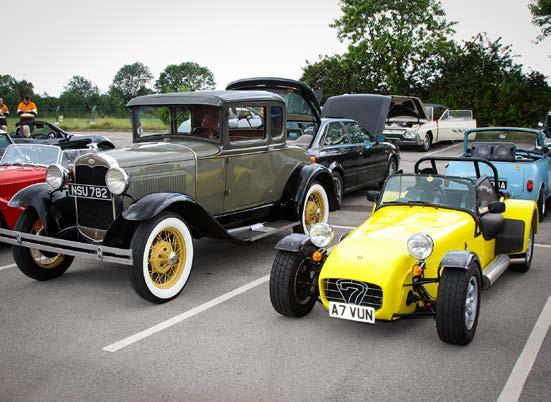



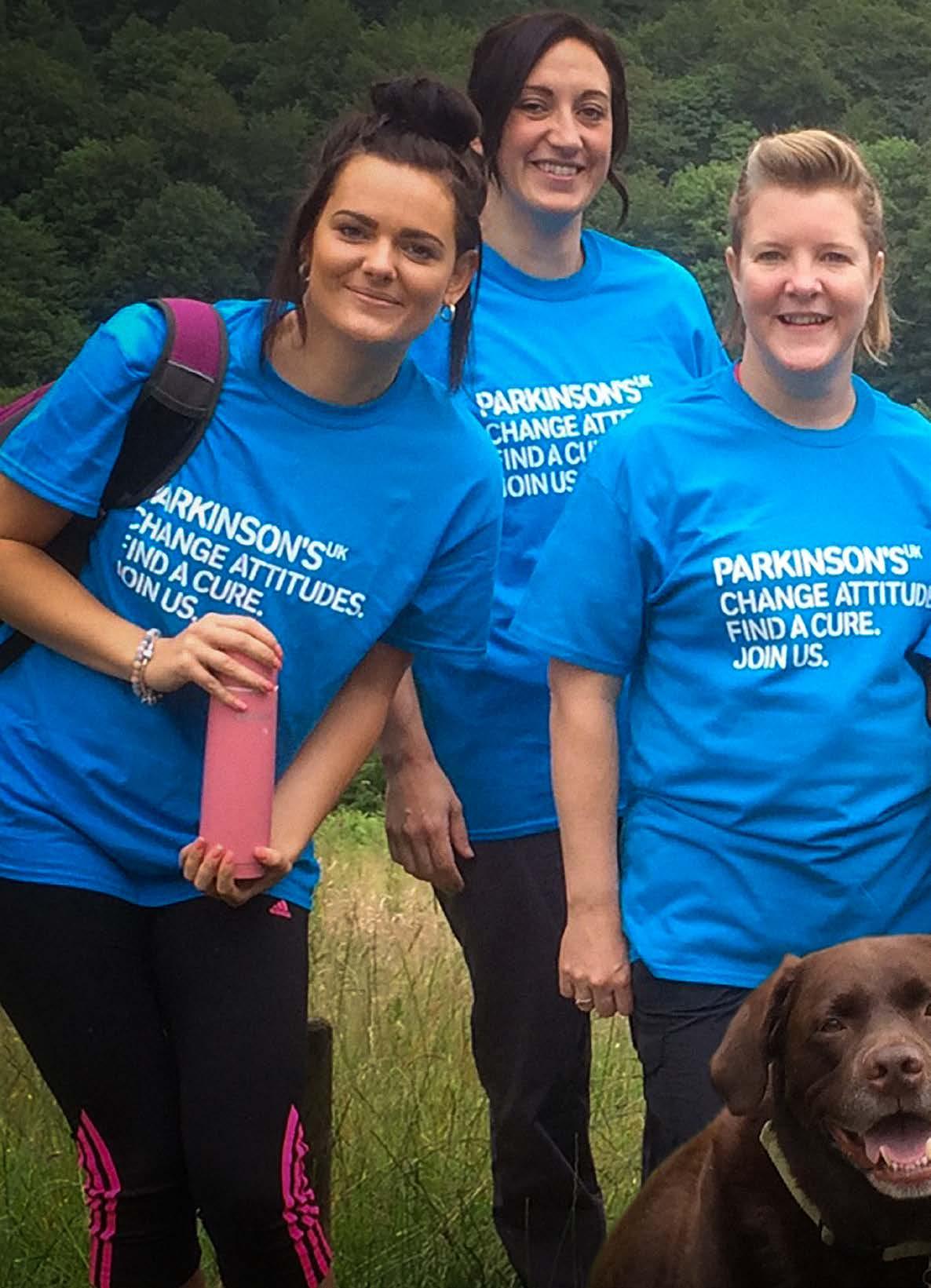








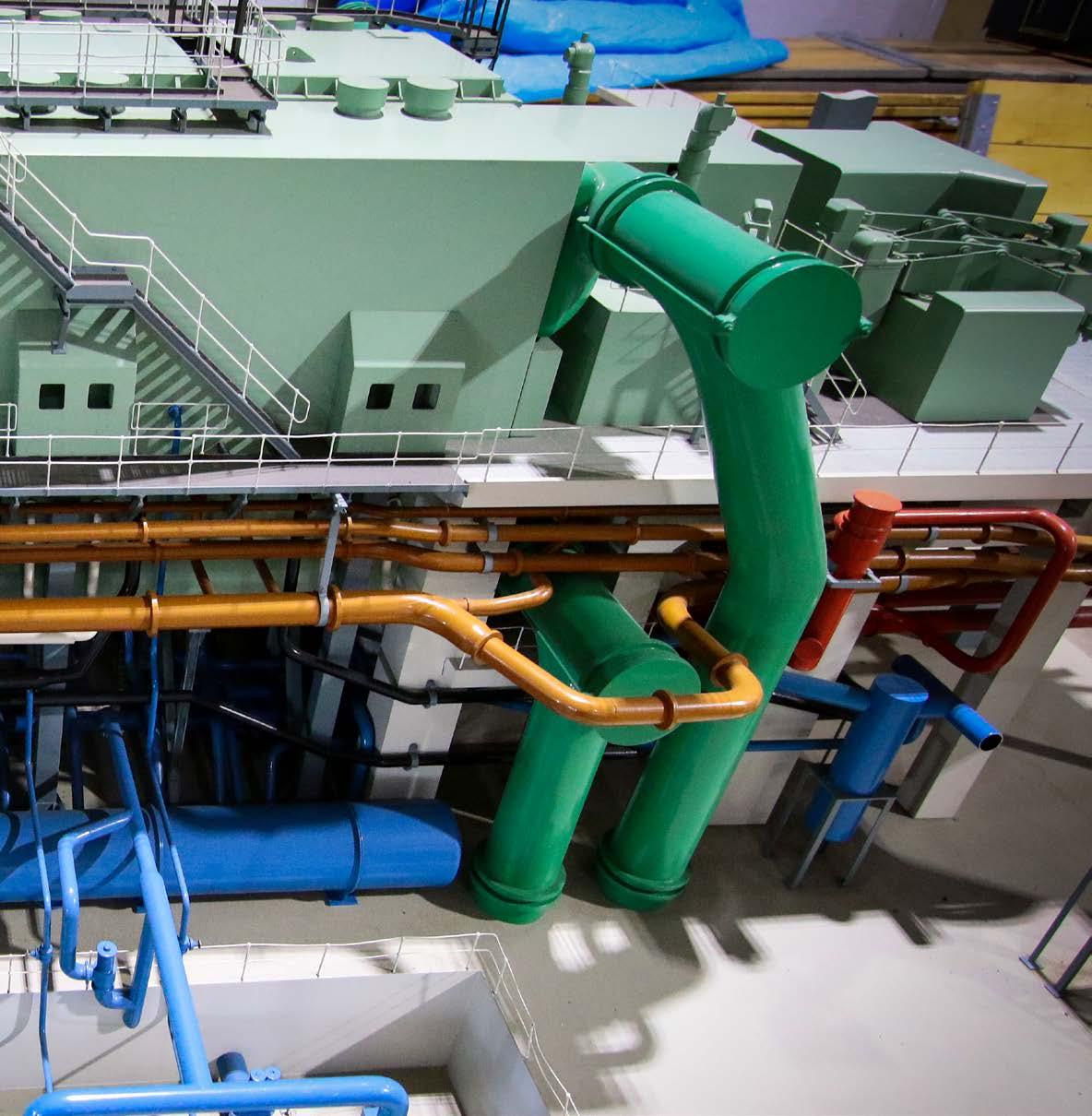


AN ODE TO COTTAM
It’s not just a job, my family work here too. I celebrate with them, births, marriages, to name but a few, I’ve seen lots of people come and go away. When they retire we beg them to stay. Others get new jobs, we wish them well, They’ll miss us really, their sad smiles tell.
We’ve had a good innings, so we’re told, The station’s 50 and still not cold. Yet Cottam’s cards are on the table
We knew it was coming, it’s OK, we’re stable. When the wind blows, we know we’re surplus, But we’re not the sort of people who like to make a fuss.
When the time comes we’ll all shed a tear For one so magnificent, in the now and here. She’s kept the lights on for so many folk, We checked her and fixed her whenever she broke. So thank you for all you have given, We’ll never forget you had a life worth living.
Katy Jarvis-Morgan KATE CUSICK AND KATY JARVIS-MORGAN
KATE CUSICK AND KATY JARVIS-MORGAN
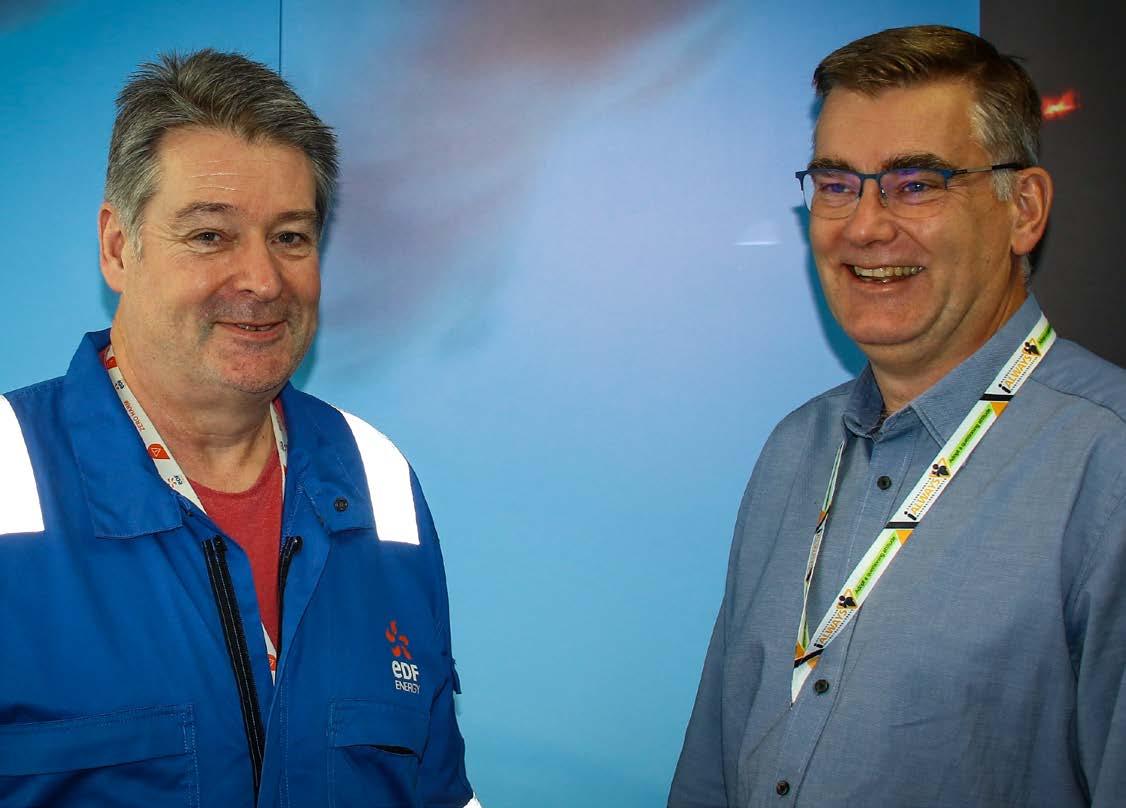
 STEVE CARR AND DOUG SMART
STEVE CARR AND DOUG SMART



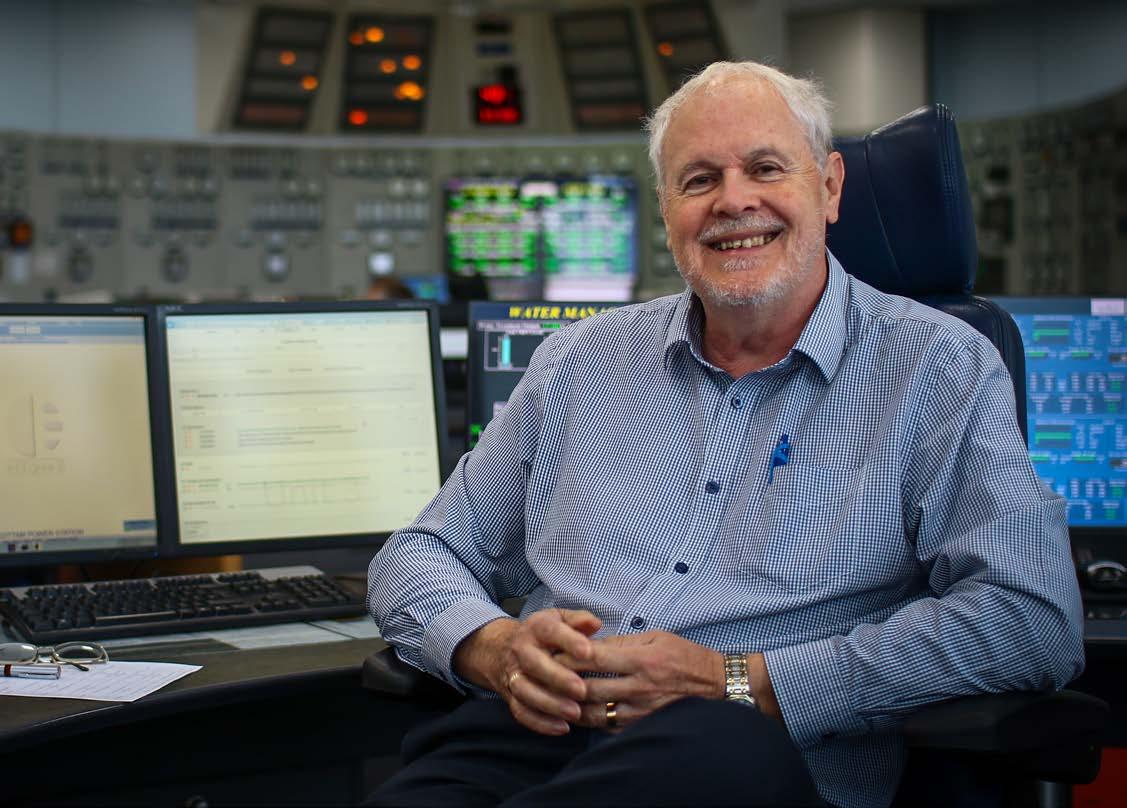

 STEVE SMITH
STEVE SMITH











 ADI BERESFORD, DRAWN BY OUR OWN AMAZING IN HOUSE ARTIST GARY KIRK
ADI BERESFORD, DRAWN BY OUR OWN AMAZING IN HOUSE ARTIST GARY KIRK



 JASON DAY, PAUL MORTON, PIERO MAGGIO, SAM BECKETT, LESLEY COX, ANDY POWELL AND TONY COX
JASON DAY, PAUL MORTON, PIERO MAGGIO, SAM BECKETT, LESLEY COX, ANDY POWELL AND TONY COX



 CLAIRE MAYFIELD AND RUSS HENDERSON
CLAIRE MAYFIELD AND RUSS HENDERSON

 SIMON WOODLEY AND LEE PARKINSON
SIMON WOODLEY AND LEE PARKINSON

 SIMONE, ANDY, ADI AND BRIAN
SIMONE, ANDY, ADI AND BRIAN






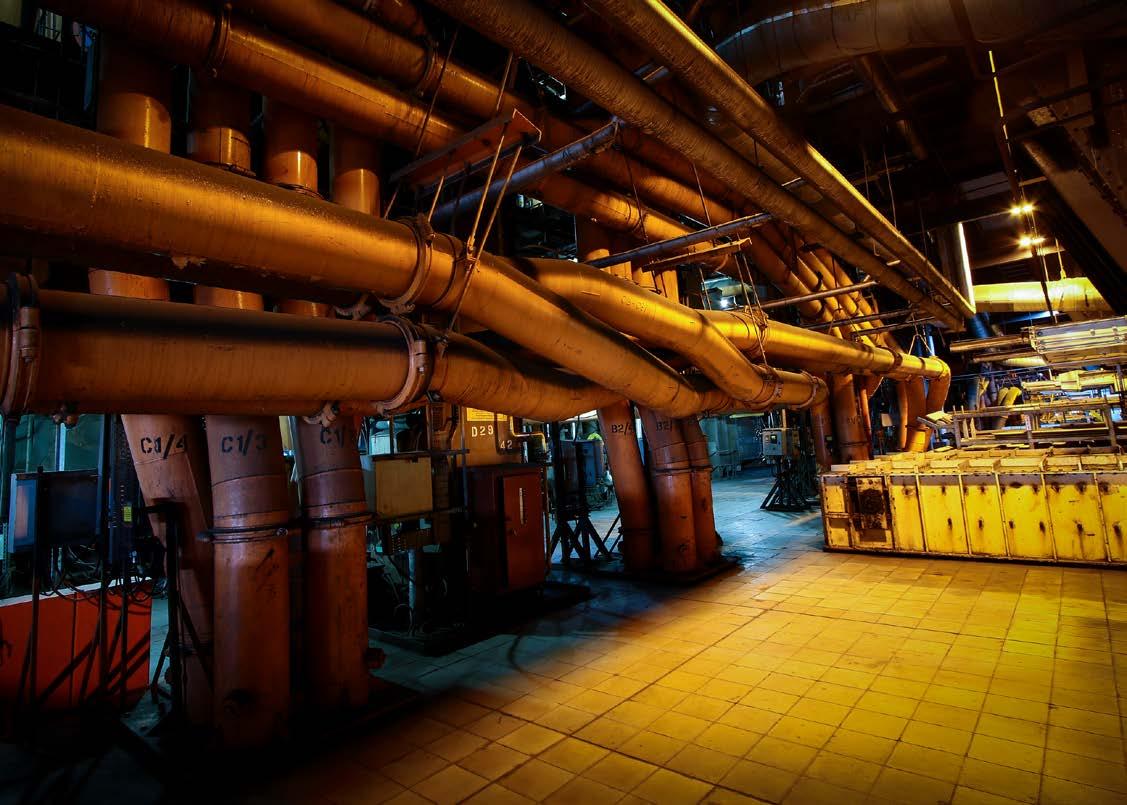
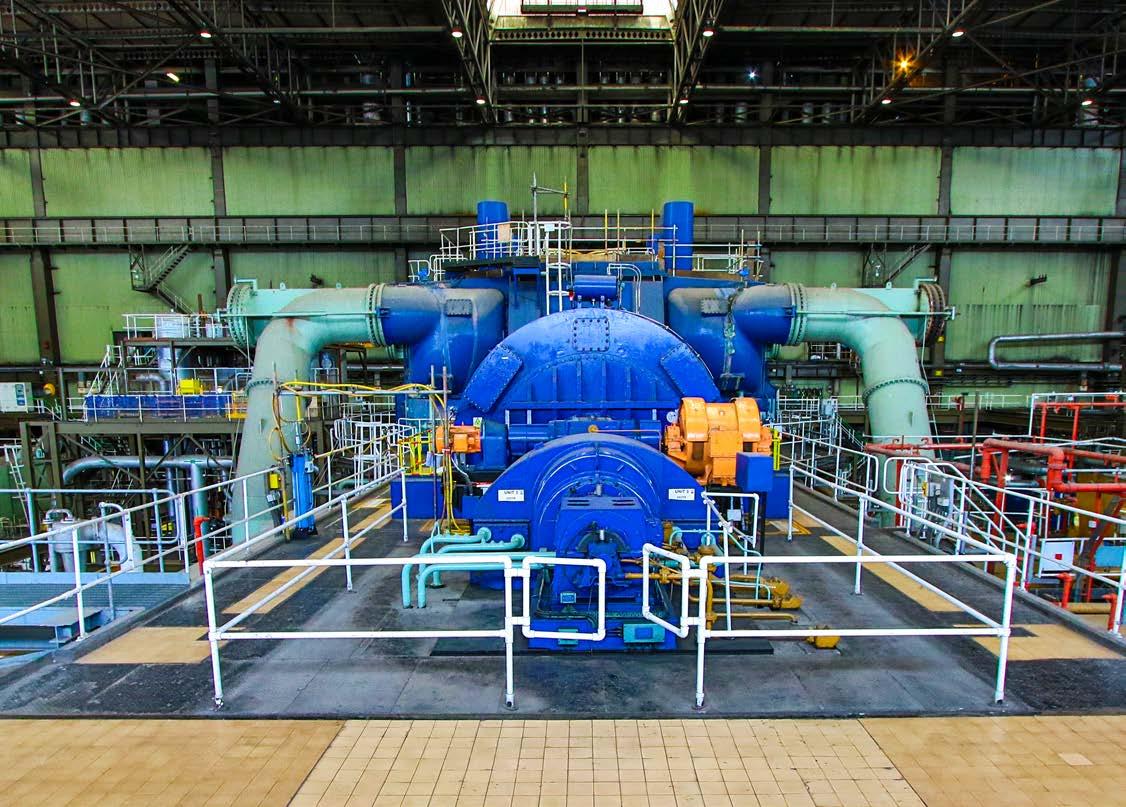


















 STEVE FOX AND STEVE DUDLEY
PHIL TALBOT
STEVE FOX AND STEVE DUDLEY
PHIL TALBOT


 LEE ANDERSON AND CO
LEE ANDERSON AND CO
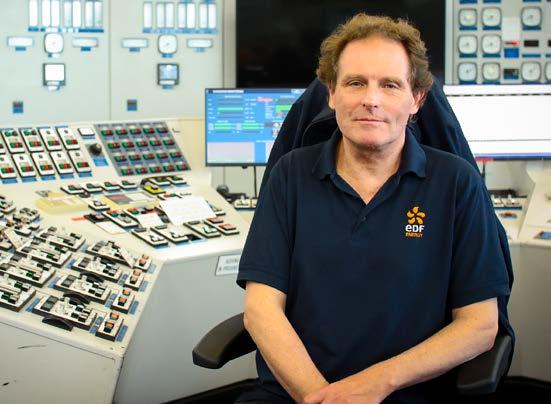





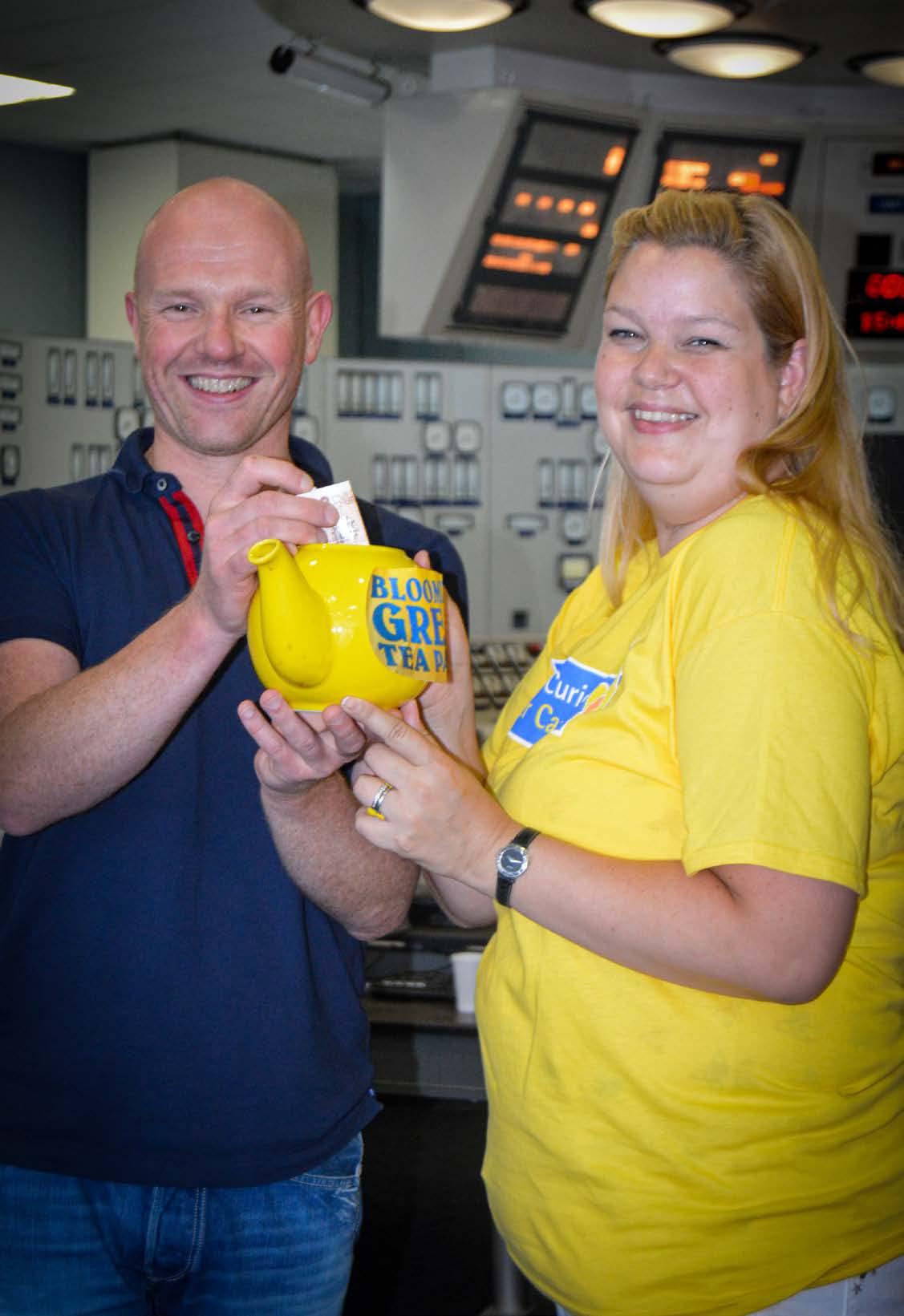






 C SHIFT PRODUCTION TEAM: RAY LILLEY
C SHIFT PRODUCTION TEAM: RAY LILLEY


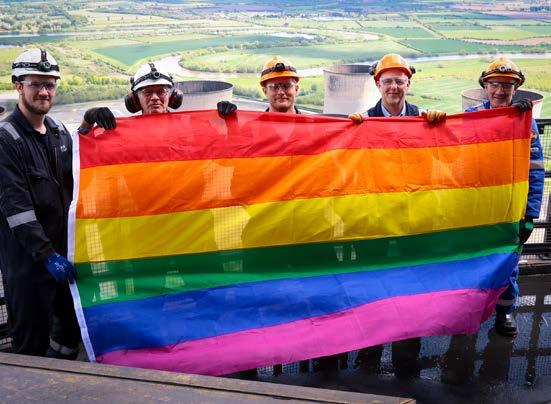







 MATTHEW BURBRIDGE AND RICHARD DOBSON JULIA AND BEN LINDSAY WITH HERO BEAR
MATTHEW BURBRIDGE AND RICHARD DOBSON JULIA AND BEN LINDSAY WITH HERO BEAR


 MATTHEW, TONY EATON FROM HELP FOR HEROES AND RICHARD
MATTHEW, TONY EATON FROM HELP FOR HEROES AND RICHARD


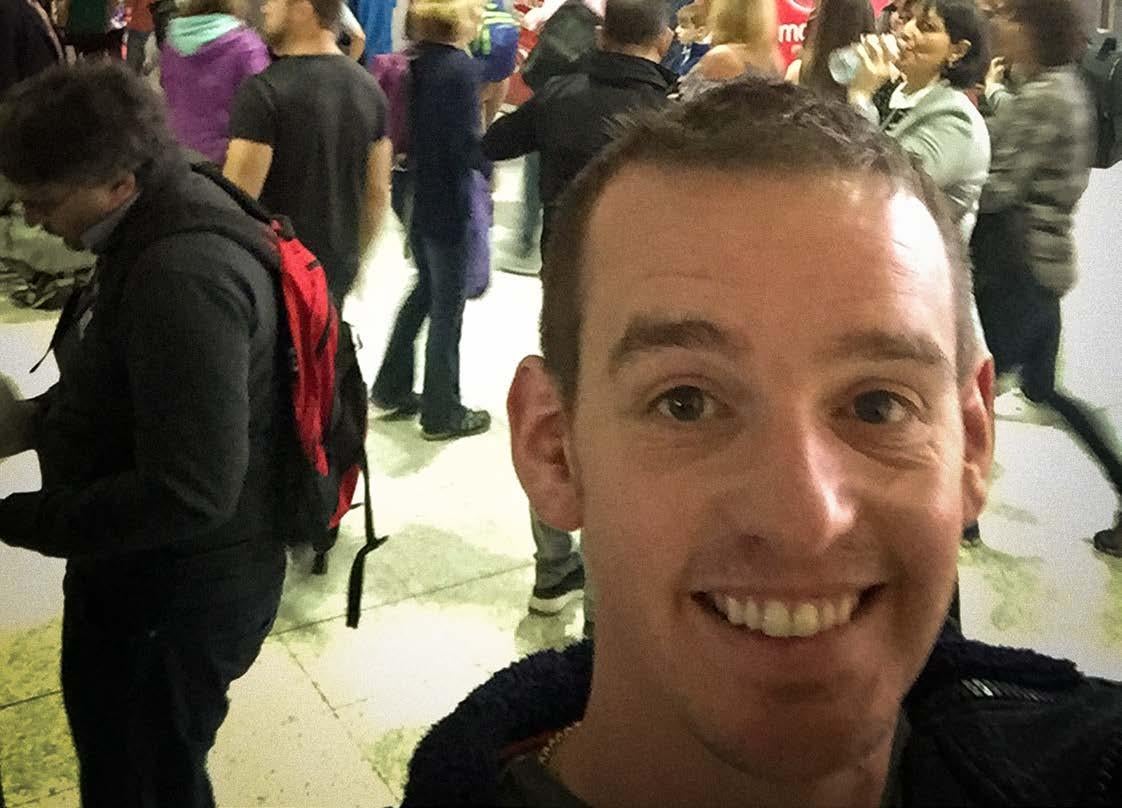
 ANDY ARNFIELD PREPARING TO START THE 2017 LONDON MARATHON, WHICH HE RAN IN 4 HOURS, 17 MINUTES AND 21 SECONDS, RAISING MONEY FOR BREAST CANCER NOW
ANDY ARNFIELD PREPARING TO START THE 2017 LONDON MARATHON, WHICH HE RAN IN 4 HOURS, 17 MINUTES AND 21 SECONDS, RAISING MONEY FOR BREAST CANCER NOW

 STEVE CHAMBERLAIN, ROBYN PARKER AND BEN LINDSAY AT THE HELP FOR HEROES RECOVERY CENTRE AT CATTERICK
STEVE CHAMBERLAIN, ROBYN PARKER AND BEN LINDSAY AT THE HELP FOR HEROES RECOVERY CENTRE AT CATTERICK








 PETE MARLOW, ALAN ANNABLE AND ANDY MIDGLEY
STEVE SANDERS
PETE MARLOW, ALAN ANNABLE AND ANDY MIDGLEY
STEVE SANDERS


 DAVE STOCKDALE, JIM TEAR AND PAUL HUFTON
DAVE STOCKDALE, JIM TEAR AND PAUL HUFTON
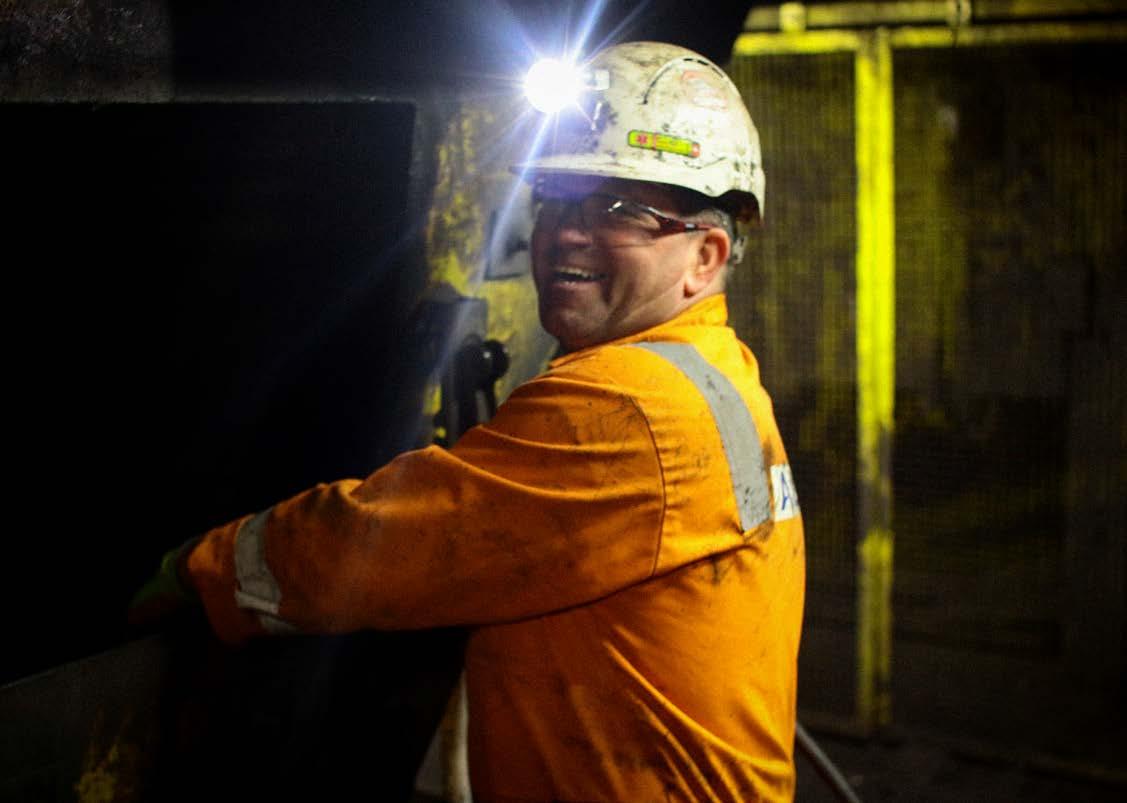

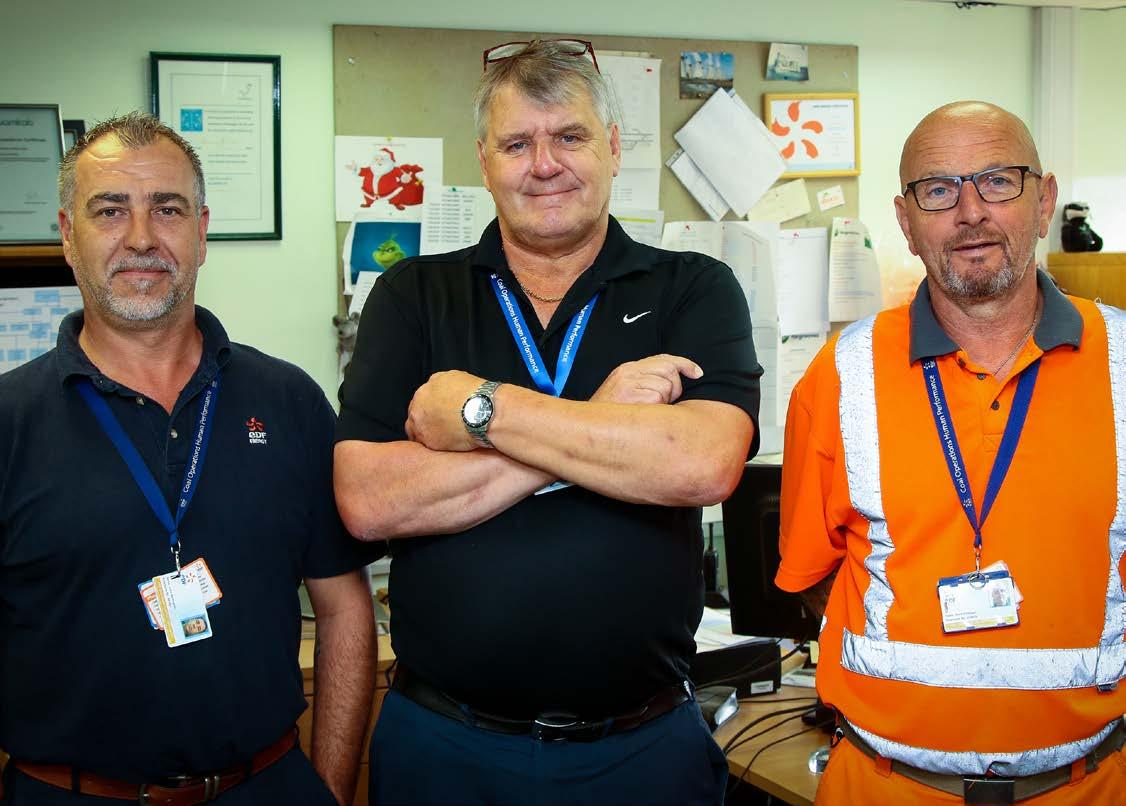
 JOHN DARLINGTON, GRAHAM POULTER AND MARK PETTINGER
JOHN DARLINGTON, GRAHAM POULTER AND MARK PETTINGER

 STEVE ‘SANDO’ SANDERSON
STEVE ‘SANDO’ SANDERSON















































 CARL ANDREW AND DAVID FRETWELL-WALKER
YVONNE BECK, CLAIRE MAYFIELD, KAREN HARTE, SONIA SMITH AND SARAH BAGSHAW
CARL ANDREW AND DAVID FRETWELL-WALKER
YVONNE BECK, CLAIRE MAYFIELD, KAREN HARTE, SONIA SMITH AND SARAH BAGSHAW




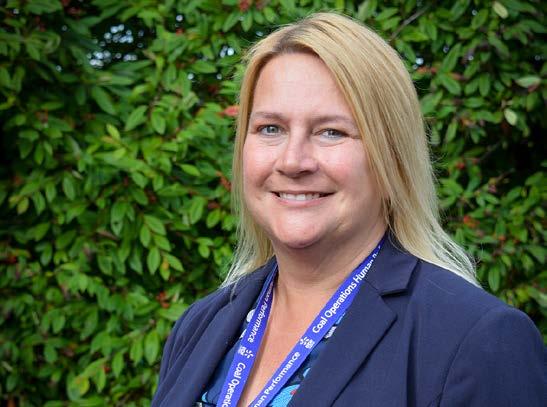




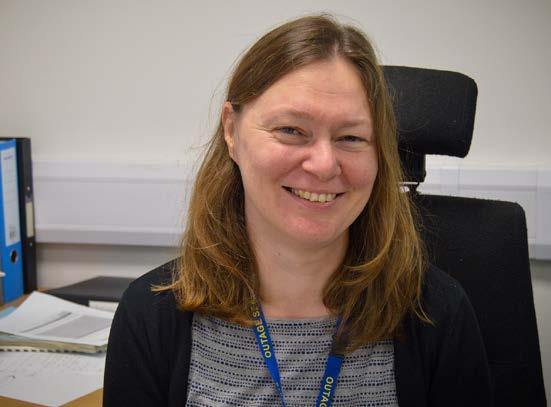

 JENNY COWAN
LAURA BAXTER
JENNY COWAN
LAURA BAXTER


 MATT WYLES, ADI BERESFORD, LYNDA GLEISINGER AND ADI BEMBRIDGE
MATT WYLES, ADI BERESFORD, LYNDA GLEISINGER AND ADI BEMBRIDGE




 RACHAEL SERCOMBE
JAMES SEAMAN CENTRE WITH D SHIFT
RACHAEL SERCOMBE
JAMES SEAMAN CENTRE WITH D SHIFT









 TREVOR PARSONS
TREVOR PARSONS, STEVE BRIGGS AND TONY BROOMFIELD
TREVOR PARSONS
TREVOR PARSONS, STEVE BRIGGS AND TONY BROOMFIELD


 EC&I TEAM - CHRIS REYNOLDS, AARON McBROOM, SAM BENNETT, MATTHEW BURBRIDGE, DAVE SIMMONS, JON SMITH AND TREVOR DAVISON
EC&I TEAM - CHRIS REYNOLDS, AARON McBROOM, SAM BENNETT, MATTHEW BURBRIDGE, DAVE SIMMONS, JON SMITH AND TREVOR DAVISON









 BOB WHITE AND JASON PRIEST
NICK DEL-COLLE AND RICKY LEWIS
BOB WHITE AND JASON PRIEST
NICK DEL-COLLE AND RICKY LEWIS












 KEITH PALMER
KEITH PALMER
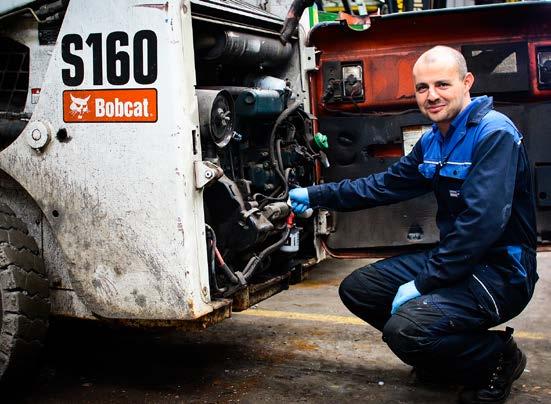

 RUSS HENDERSON
DARREN ‘TURBO’ SCOTT
RUSS HENDERSON
DARREN ‘TURBO’ SCOTT


 FELICE GALLUCCI, WILL SHEMILT AND SIMON WOODLEY
FELICE GALLUCCI, WILL SHEMILT AND SIMON WOODLEY


 DARREN MUSTO, ANDY BENNETT AND LIAM PRIESTLEY
ADI BERESFORD
DARREN MUSTO, ANDY BENNETT AND LIAM PRIESTLEY
ADI BERESFORD




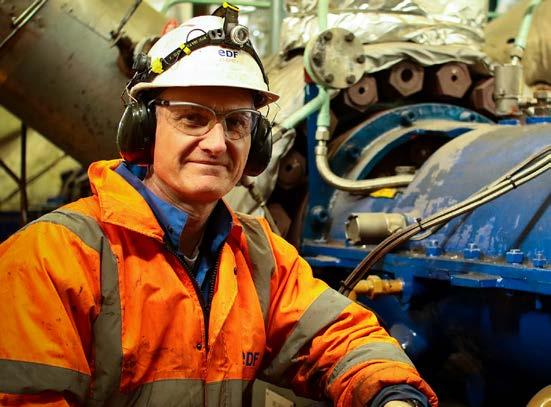







 DIAMOND
POWERS JOHN COCKIN AND MARK SHAW
DIAMOND
POWERS JOHN COCKIN AND MARK SHAW







 KEITH PALMER
KEITH PALMER



 NEIL BRYAN, TURBO AND COLIN MIDDLETON INSIDE A COAL MILL
NEIL BRYAN, TURBO AND COLIN MIDDLETON INSIDE A COAL MILL











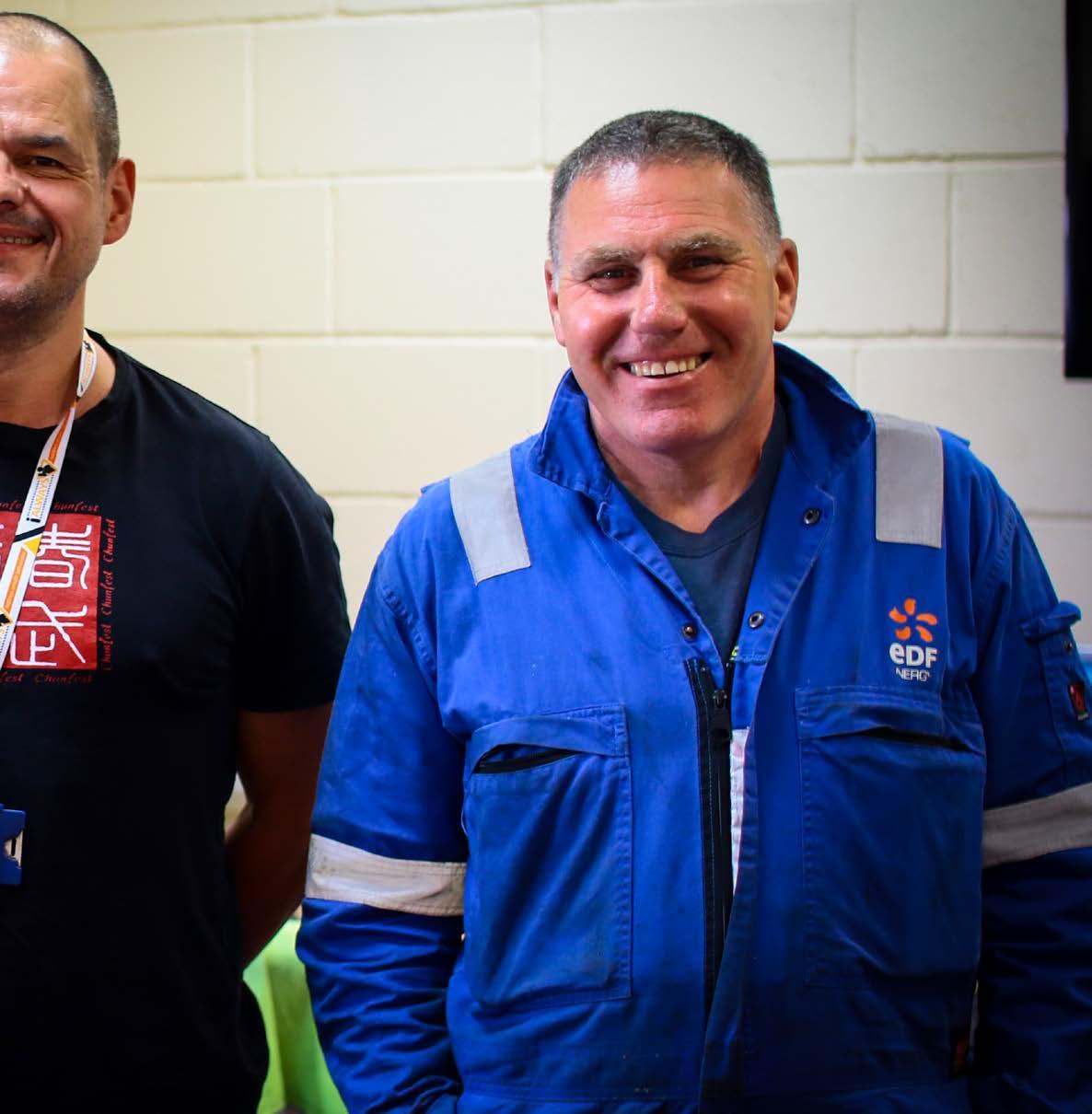











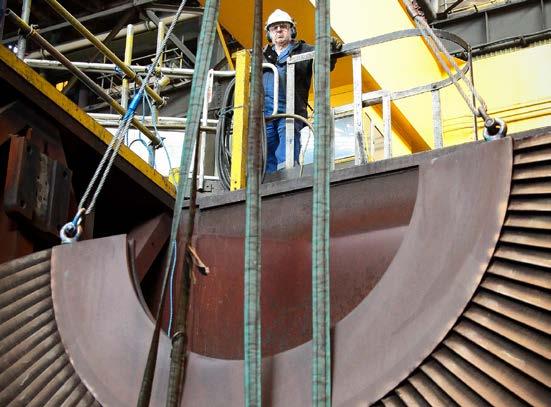









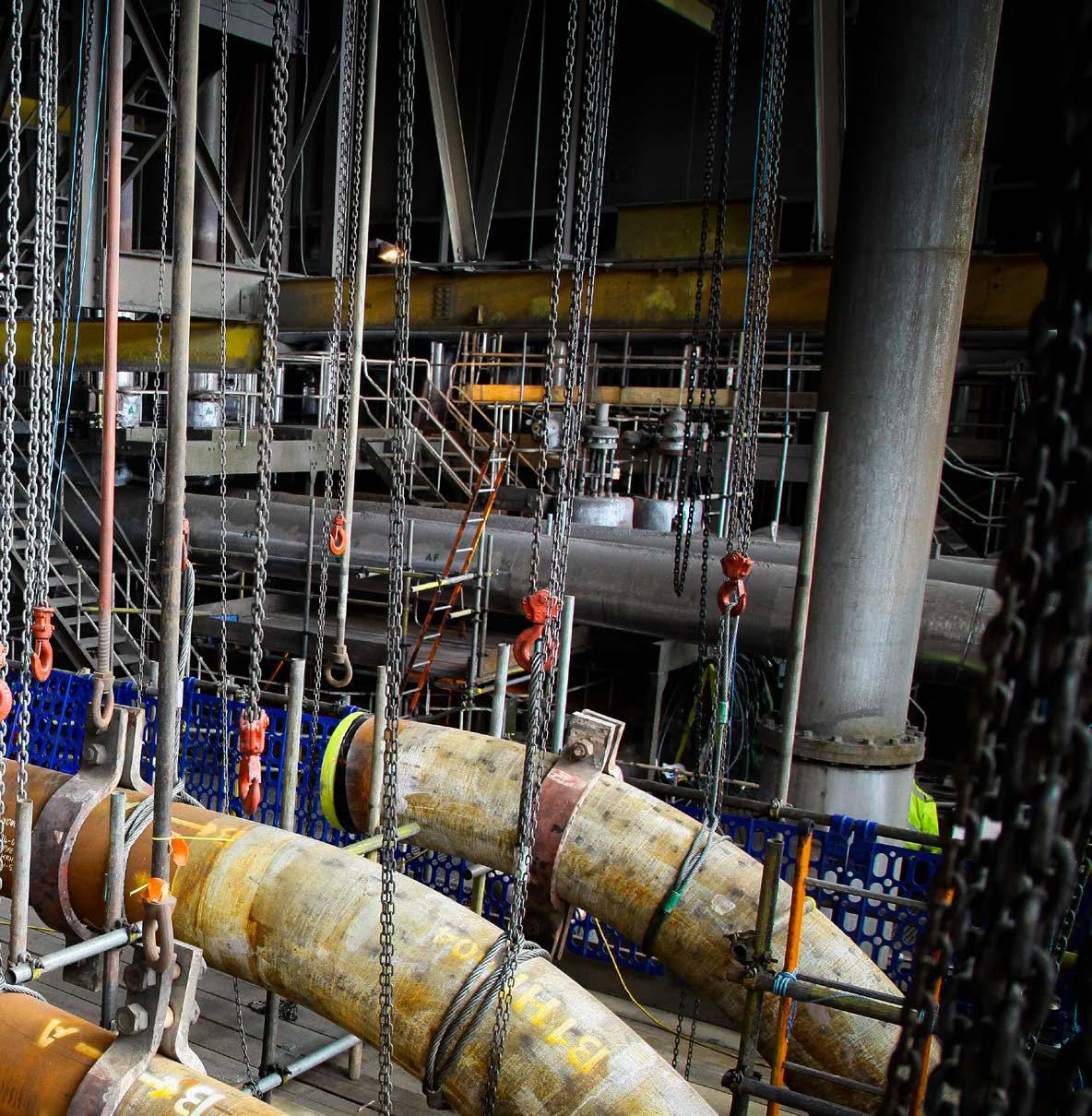

















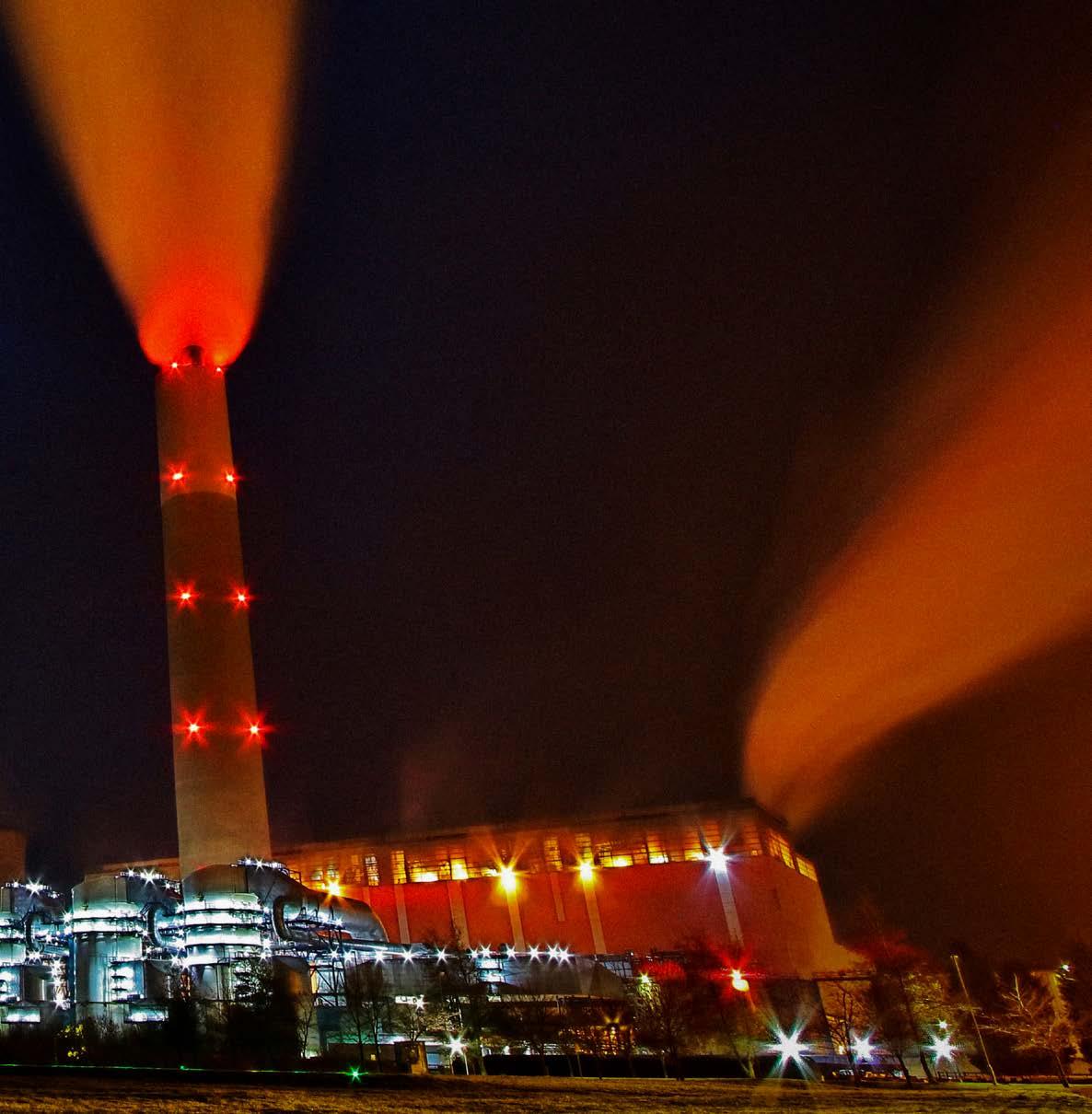





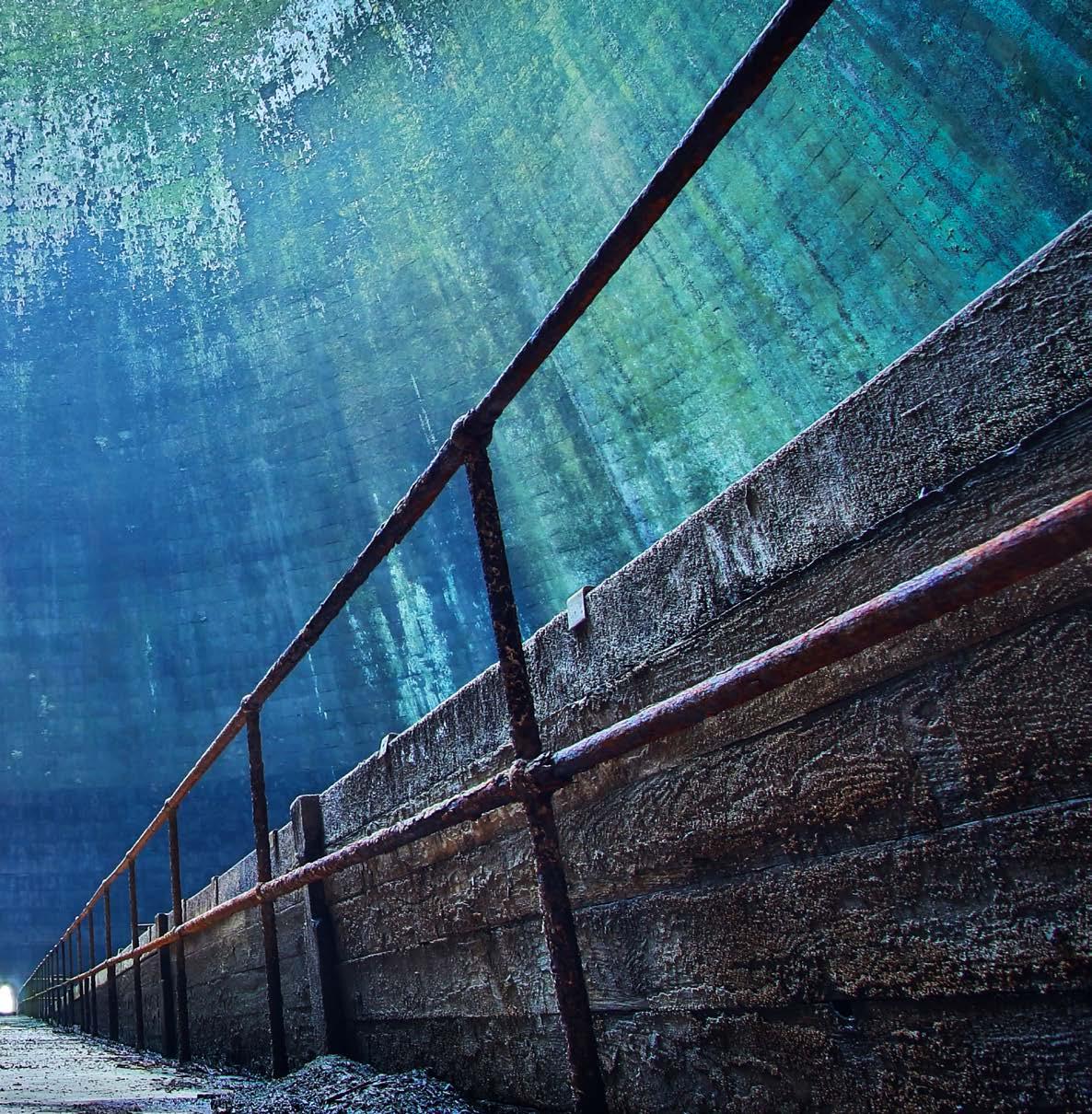































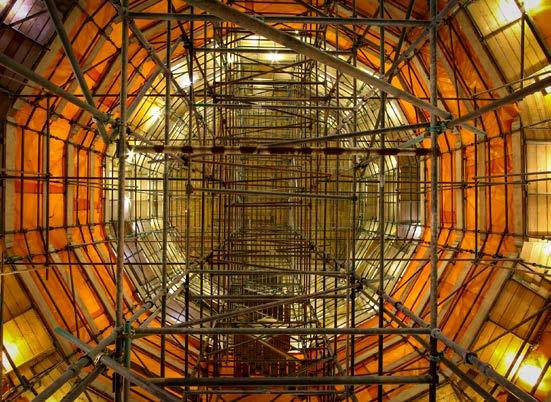







 STEVE TARREN
STEVE TARREN






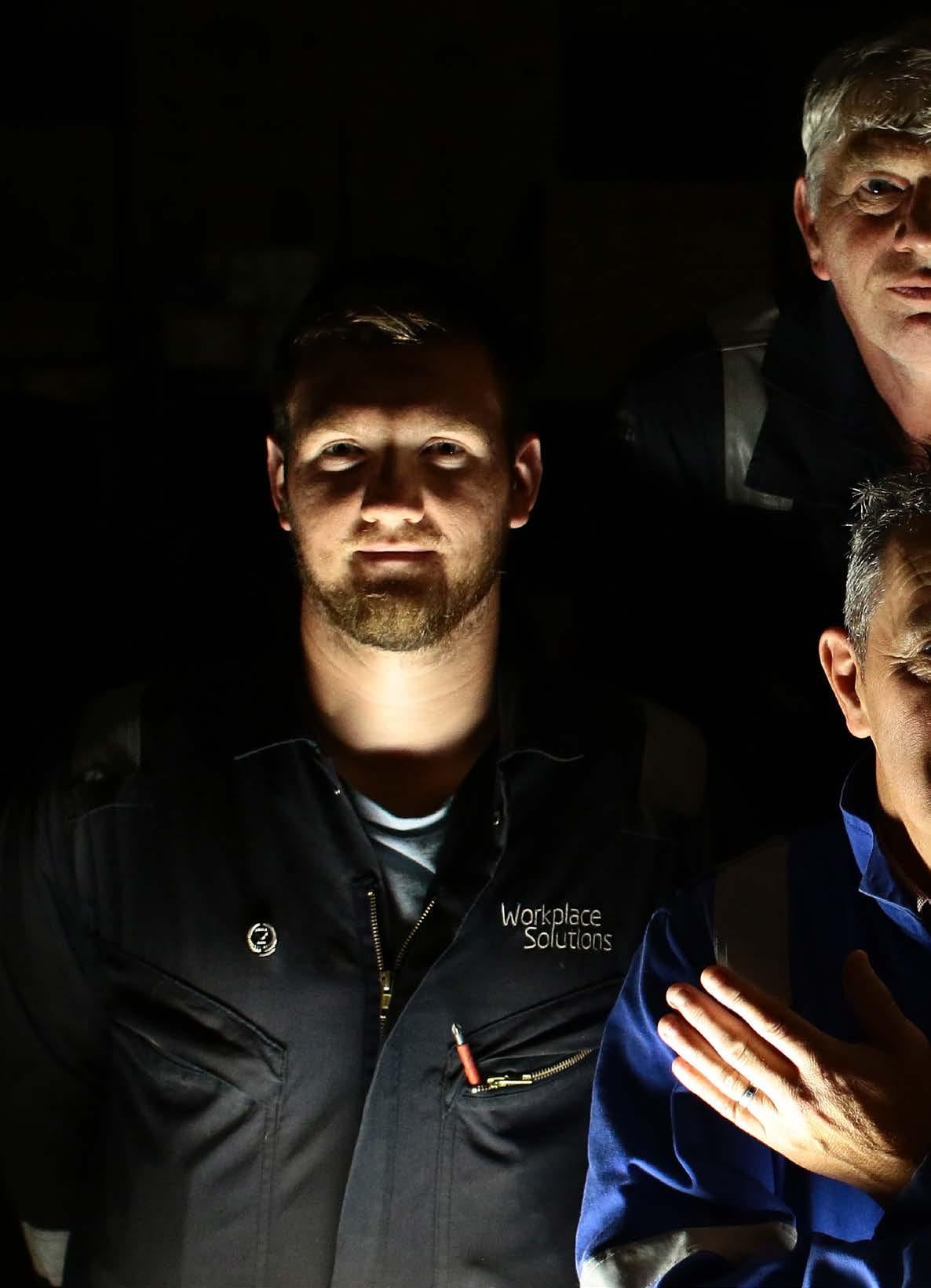











 PAUL HARRIS KEITH MABBOTT
PAUL HARRIS KEITH MABBOTT


 CALLAM ATKINSON AND STEVE DONNER
CALLAM ATKINSON AND STEVE DONNER
Fuel, Ash and Dust Team Manager, Graham Poulter, said: “When the last train arrived on site I found it emotional but I also felt a lot of pride for what we’ve achieved.”


Hargreaves Industrial Services Operations Supervisor, Stuart Robinson, remarked: “I’ve worked at Cottam Power Station for 34 years and it’s been an absolute pleasure. As for the last coal train into Cottam - what a sad day for all concerned.”

GB Railfreight were also present and Train Planning Manager, Peter Smith, said: “It was a landmark moment for both Cottam and GB Railfreight as we’ve all worked closely together over the years. I will miss working with the team at Cottam.”

And finally, Fuel, Ash and Dust Engineer, John Darlington, commented: “It was a sad occasion when the last ever coal train came to Cottam but we made the most of it which reflects the comradery of staff across the site.”

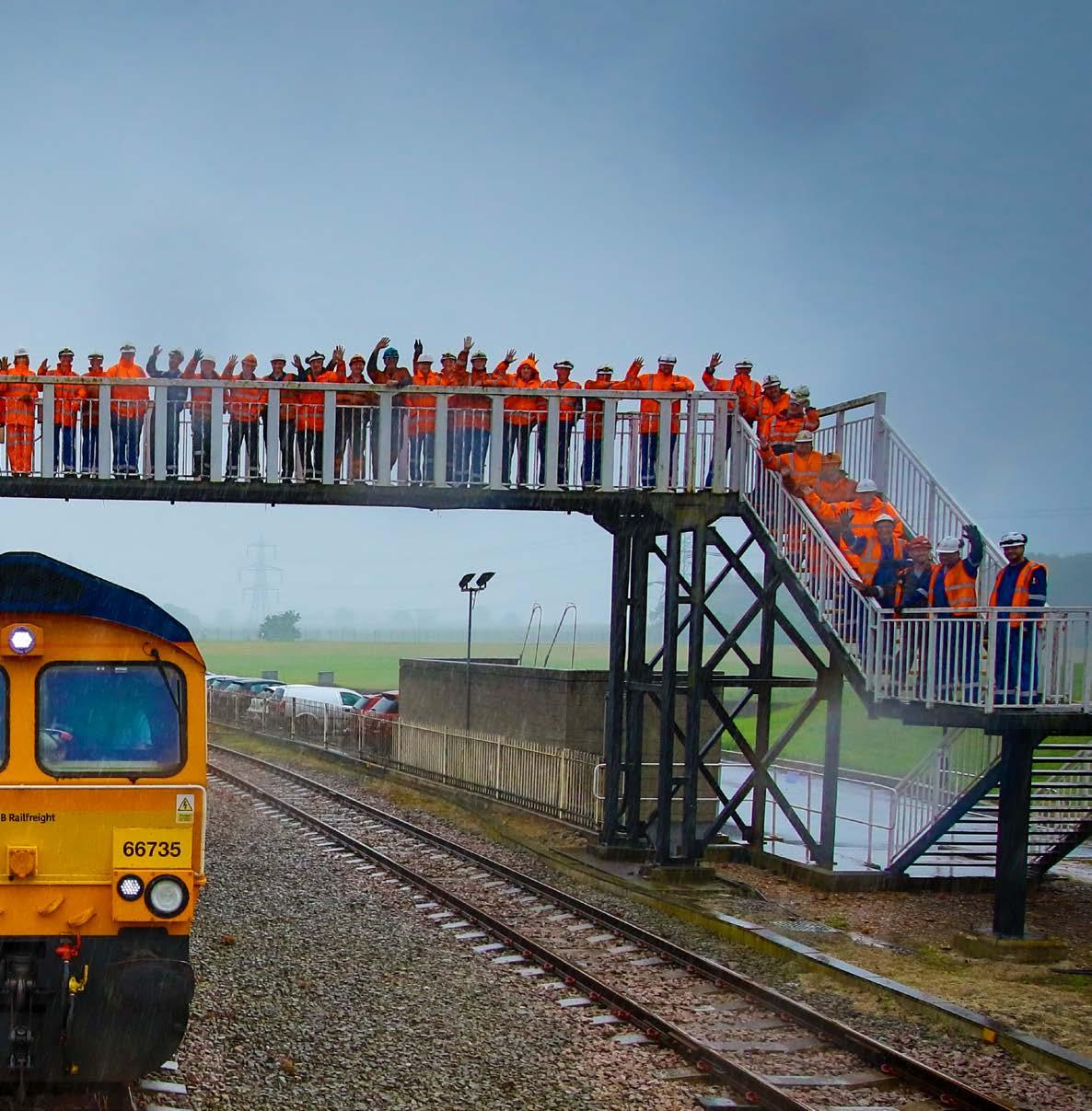











 NEIL ATKINSON
NEIL ATKINSON

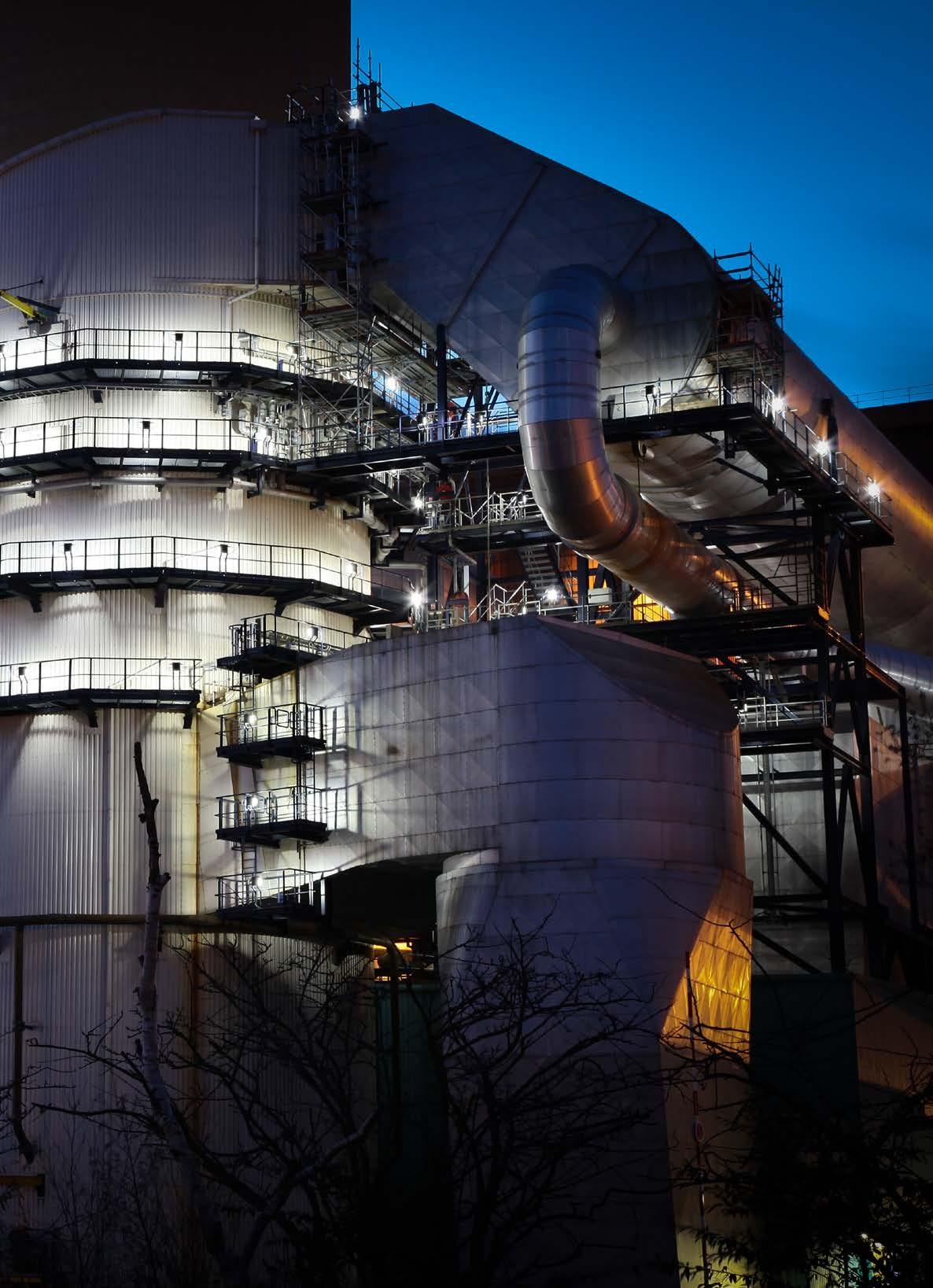


 ADRIAN BREWER, BEX WHITTON AND SARAH ASKEW
ADRIAN BREWER, BEX WHITTON AND SARAH ASKEW


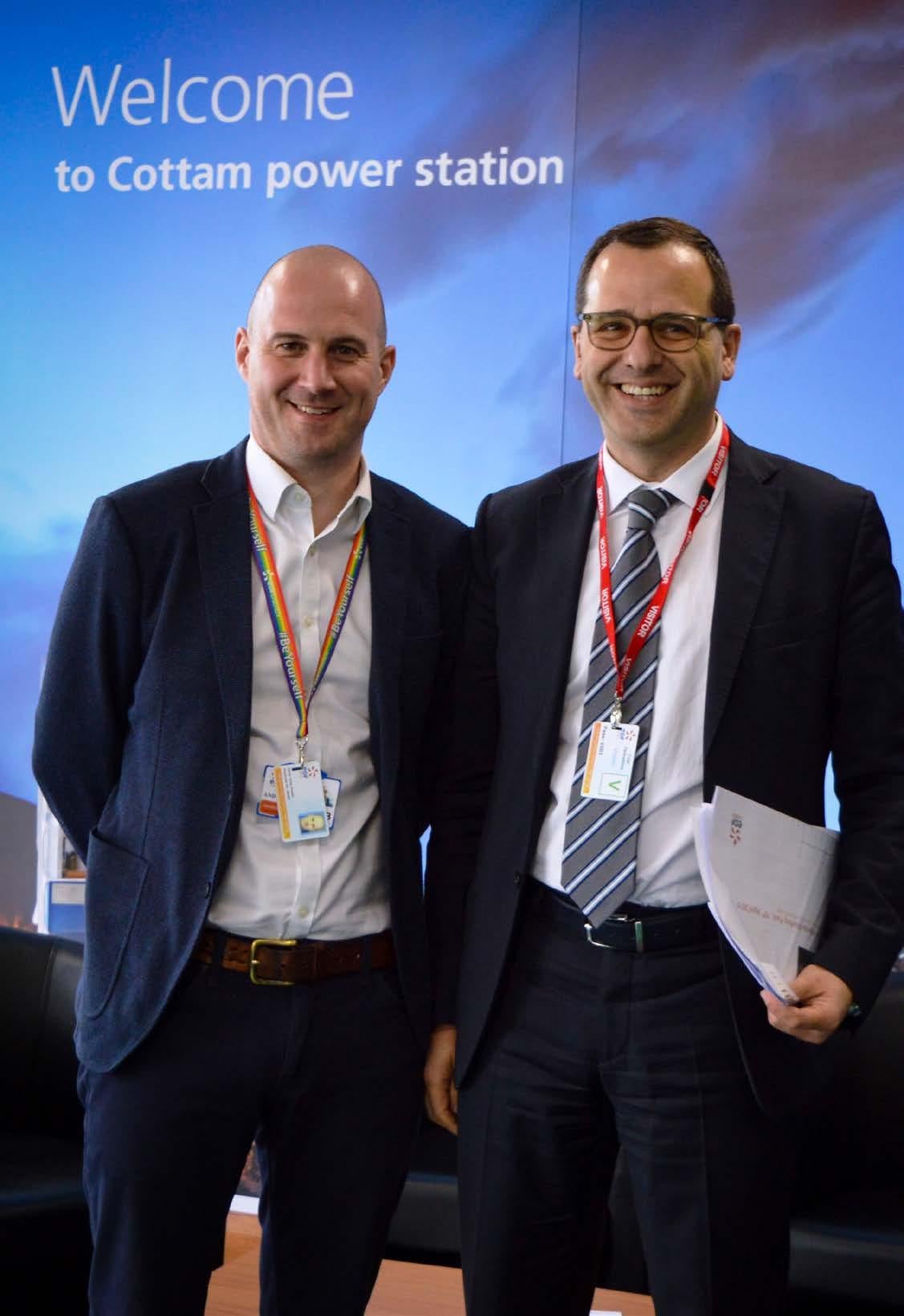

 FRANK AND ALMA LEDGER, WITH STEVE HOAD
FRANK AND ALMA LEDGER, WITH STEVE HOAD
23rd SEPTEMBER 2019 FINAL DESYNCHRONISATION

Today, the team at Cottam Power Station desynchronised Unit 1 from the grid at 14:50. The Unit was desynchronised by Neil Davison, Dan Osborn and Martin Jackson, the Shift Manager was James Gregory.

This ends commercial operations at Cottam Power Station, following more than 51 years of safe, reliable generation before closing on 30 September.
This is a moment that is highly poignant for many people at the station and at EDF Energy. Cottam has played a critical role in keeping the lights on in this country for more than half a century. The station has a proud history of generation and a committed workforce. Our people at Cottam, and in Generation and the Corporate Functions supporting the plant, have done an amazing job keeping the station operating this long, and could not have done more.
I visited the station to see the teams earlier this month and was truly touched by the people and their positive reception. Their plant manager Andy Powell could not have done a better job in leading the station during these difficult times.
We should be proud of the plant and its people. I would like to pay tribute to the whole team at Cottam, who have shown pride and dignity in the way they have faced the last day of generation. Now responsibility moves to the Decommissioning Team, which has been formed with people who have worked at Cottam for many years.




 DICK OSBORN, STEVE HOAD AND RICHARD YOUNG
DICK OSBORN, STEVE HOAD AND RICHARD YOUNG

 KATH BRADLEY AND BARRIE PALFREYMAN
KATH BRADLEY AND BARRIE PALFREYMAN

 IAN SNELL, KEVIN BROCKLEBANK, CLIVE MOODY AND ROBERT SPALDING
IAN SNELL, KEVIN BROCKLEBANK, CLIVE MOODY AND ROBERT SPALDING

 WILL SHEMILT, MATT WYLES, SIMON WOODLEY, DICK WARD, ROGER CURTIS, JOHN RUNDLE, LEE PARKINSON AND OWYN WALLACE
WILL SHEMILT, MATT WYLES, SIMON WOODLEY, DICK WARD, ROGER CURTIS, JOHN RUNDLE, LEE PARKINSON AND OWYN WALLACE

 STEVE WILLERS, GUY LE GEYT AND LESLEY COX
STEVE WILLERS, GUY LE GEYT AND LESLEY COX



 STEVE WILLERS AND NIGEL BERESFORD
STEVE WILLERS AND NIGEL BERESFORD

 DARREN PICKERING, MALC WILSON AND COLIN BARNES
DARREN PICKERING, MALC WILSON AND COLIN BARNES

 ANDY POWELL, TONY BARRY AND BOB PECK
ANDY POWELL, TONY BARRY AND BOB PECK

 BOB TAYLOR AND JEFF BRADLEY
BOB TAYLOR AND JEFF BRADLEY

 TIM STUBBS AND ROB McCUBBIN
TIM STUBBS AND ROB McCUBBIN

 STAN PATTERSON AND KEVIN BROCKLEBANK
STAN PATTERSON AND KEVIN BROCKLEBANK





 NIGEL BERESFORD, DICK OSBORN, A SEATED COLIN MORTON AND PAUL MORTON
NIGEL BERESFORD, DICK OSBORN, A SEATED COLIN MORTON AND PAUL MORTON
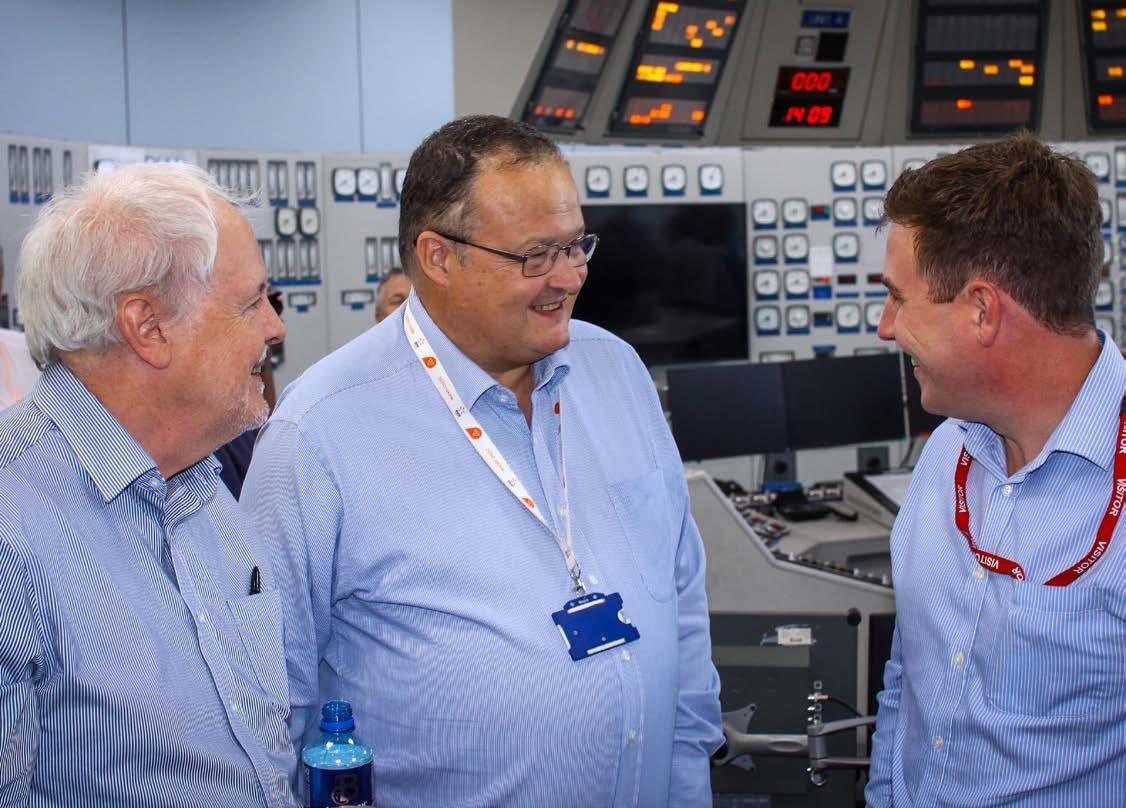



UNIT 1
First Synchronisation to the National Grid on 9th June 1968 at 17:57hrs
Total Generation: 117,097 GWh
Total Running Hours: 268,921
Total Starts: 3,707
Final Desynchronisation from the National Grid on 23rd September 2019 at 14:50hrs
The Unit Operator was Neil Davison
The Inside Assistant was Dan Osborn
The Control Room Engineer was Martin Jackson
The Shift Manager was James Gregory
UNIT 2
First Synchronisation to the National Grid on 21st June 1969 at 20:00hrs

Total Generation: 125,212 GWh
Total Running Hours: 285,110
Total Starts: 3,209
Final Desynchronisation from the National Grid on 11th September 2019 at 15:47hrs
The Unit Operator was Dave Ayris
The Inside Assistant was Dan Osborn
The Control Room Engineer was Will Gregory
The Shift Manager was James Gregory
UNIT 3
First Synchronisation to the National Grid on 26th October 1969 at 18:39hrs
Total Generation: 129,757 GWh
Total Running Hours: 287,451
Total Starts: 3,003
Final Desynchronisation from the National Grid on 2nd September 2019 at 22:45hrs

The Unit Operator was Dave Ayris
The Inside Assistant was Martin Sills
The Control Room Engineer was Mark Stephens
The Shift Manager was James Gregory
UNIT 4
First Synchronisation to the National Grid on 6th April 1970 at 17:45hrs
Total Generation: 112,694 GWh
Total Running Hours: 257,762
Total Starts: 3,278
Final Desynchronisation from the National Grid on 11th April 2019 at 21:07hrs
The Unit Operator was Tom Shaw
The Inside Assistant was Ian Clements
The Control Room Engineer was Iain Birrell
The Shift Manager was Martin Jackson

ACKNOWLEDGEMENTS
The amazing photography of Adi Beresford
Thanks also go to Steve Willers, Rob McCubbin, Paul Collins, Richard Dobson, Simon Skelton, Simon Wass, Robert Spalding, Graham Woolsey, Laura Baxter, Kate Cusick, Katy Jarvis-Morgan, Trevor Davison, Brian Matthews, Tom Rowland and Dave Beardshaw for their contributions towards this book.
Vanessa Northam, for producing ‘The Queen of the Trent – Celebrating 40 Years of Electricity Production at Cottam’, extracts from which feature in this book.

Ric Tyler for the research and production of the ‘Cottam Power Station Historic Building Record 2018’.
Finally, we would like to thank everyone, past and present, for their dedication and commitment during their time at Cottam. We are all immensely proud to be part of the Electricity Supply Industry and especially to be part of the Cottam Team. The success of this site is through the people who work within its gates regardless of position or company overalls.
The success of this site is through the people who work within its gates regardless of position or company overalls.
EPILOGUE
Firstly I would like to thank Andy Powell for allowing me to bring this book together, which has been a great privilege and something I have thoroughly enjoyed doing.
However, none of this would have been possible without the fantastic photographic work done by Adi Beresford. This year especially, with Adi’s assistance we have been keen to photograph all our people, special events and the plant, which still looks amazing after 51 years of outstanding operation and public service.
I would also like to give special thanks to Scintilla Design, who have advised, designed and produced this book for us. They have been absolute professionals and it’s been great working with them on this project.
Thanks also need to go to Ric Tyler, who we commissioned last year to produce the Cottam Power Station Historic Building Record, some of the material from which is included in this book. Other thanks go out to Paul Collins, for his invaluable proof reading skills, Simon Wass for the selection of technical drawings and FGD construction photos, Kate Cusick for archive photos and text, Katy Jarvis-Morgan for her “Ode to Cottam”, Brain Matthews for his photo mosaic and Laura Baxter for her kind assistance with the text, photographic reproduction and getting things done!
Earlier this year we contacted the Science Museum with the desire to get some part of Cottam into the museum collection. What we didn’t expect, following on from their site visit, was the request to take one of the unit control desks, back panels and overhead canopy and alarms. This far exceeded our expectations and we are extremely grateful to Ben Russell, the Science Museum’s Engineering Curator for making this happen. We have selected Unit 3 for this, which we plan to carefully dismantle early next year and transport to the Science Museum’s facility at Wroughton. While it may be sometime before it gets publicly displayed, Ben has assured us that once it’s in the national collection, it’s there forever. One other surprise from Ben was the fact that the museum has had a fantastic model of Cottam Unit 2 in its collection since 1968. It’s been stored in a crate all this time and again we were lucky enough
to see it earlier this year at Wroughton. It’s still in pristine condition and pictures of it are included in this book.
Finally it was an honour to meet Frank Ledger CBE and his wife Alma. Frank was Cottam’s first Power Station Manager, who later became a senior member of the CEGB Executive Team through to privatisation in 1990.
I do hope you enjoy this book and it provides great memories for you of Cottam Power Station, a great plant, a fantastic place to work, full of amazing people!

 Steve Hoad D&D Operations Manager
Steve Hoad D&D Operations Manager
PHOTOGRAPHY
My boss said I have 2 days’ welding for you over at Cottam Power Station; 23 years later I’m still here!

I’ve worked on almost every part of the station, from the coal plant to turbine to kitchen sink. I would never have thought I would be helping document on camera the fantastic people past and present, together with Cottam’s final days on the bars. A privilege it’s been.
Adrian Beresford HCM Mechanical Supervisor
FIRST AND LAST
Separated by five decades, but both with the same business principles: provide an outstanding public service, maintain a safe and reliable plant, but first and foremost realising that this has only been made possible by all our staff past and present.
What an amazing job everyone has done.
 Andrew Powell Plant Manager 2018 – to present day
Frank Ledger CBE FREng Station Superintendent 1965 – 1967
Andrew Powell Plant Manager 2018 – to present day
Frank Ledger CBE FREng Station Superintendent 1965 – 1967
The final celebration of our people and Cottam’s achievements. A fun-fuelled evening, with the amazing night time vista of the station looking over everyone.



